
0. Introduction
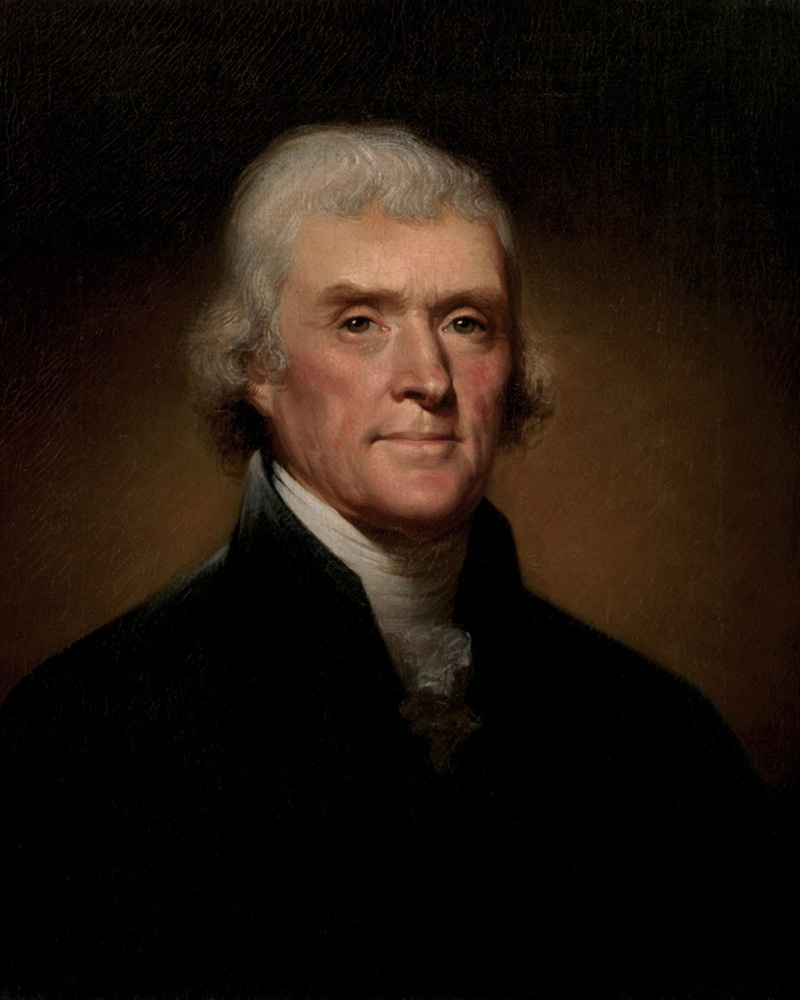
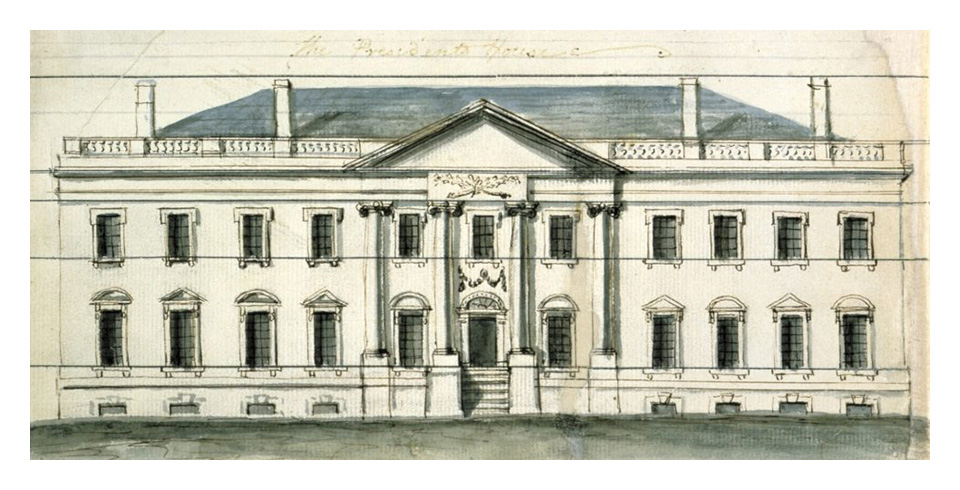
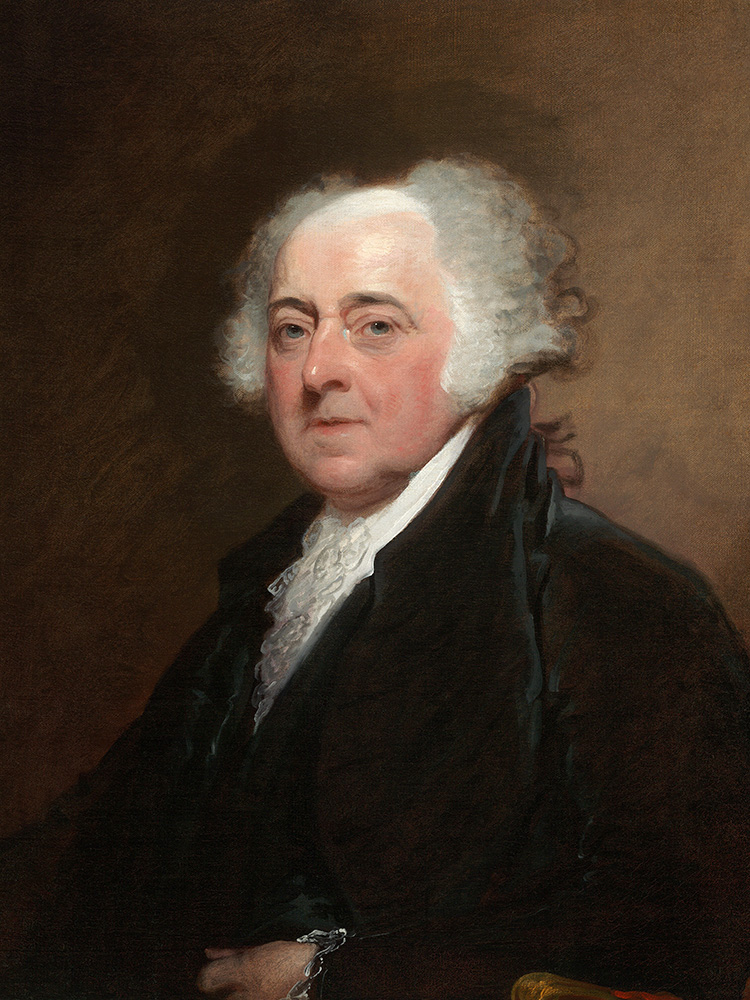
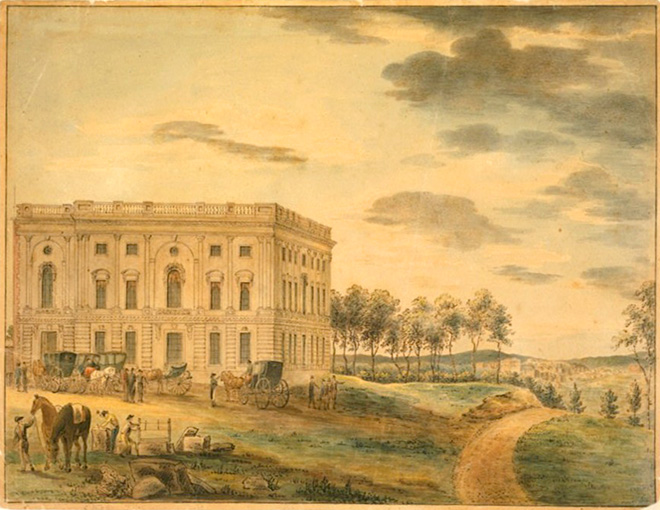
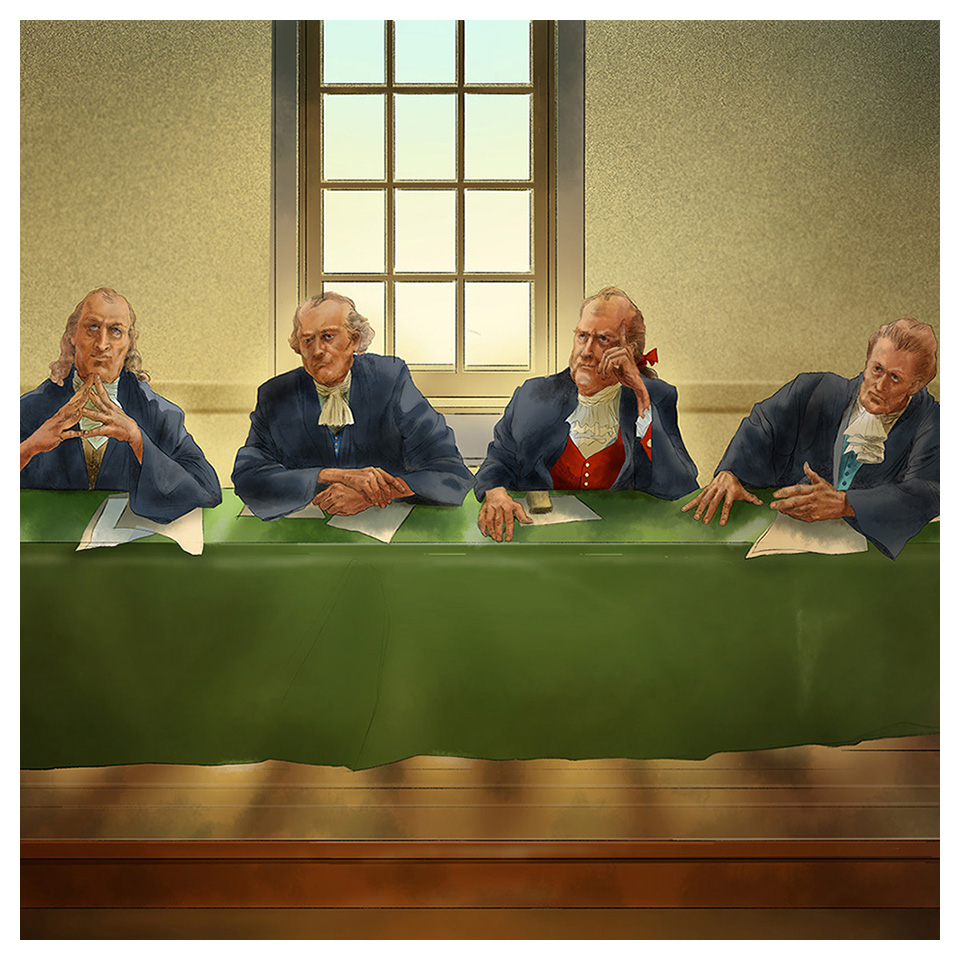
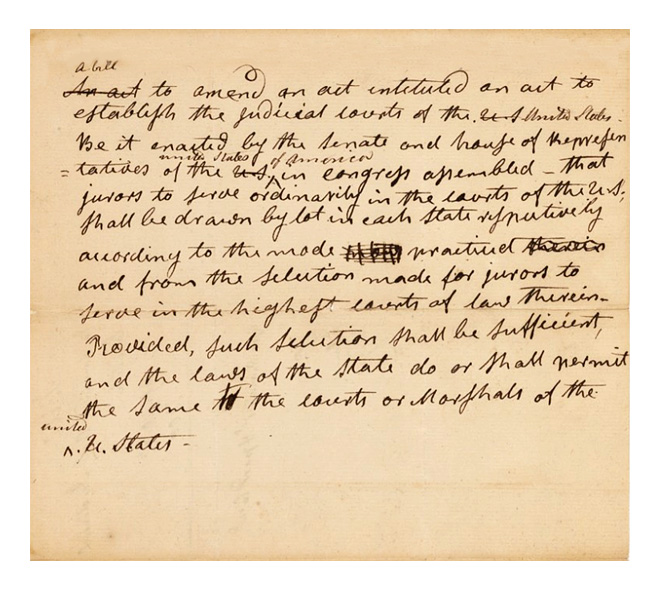

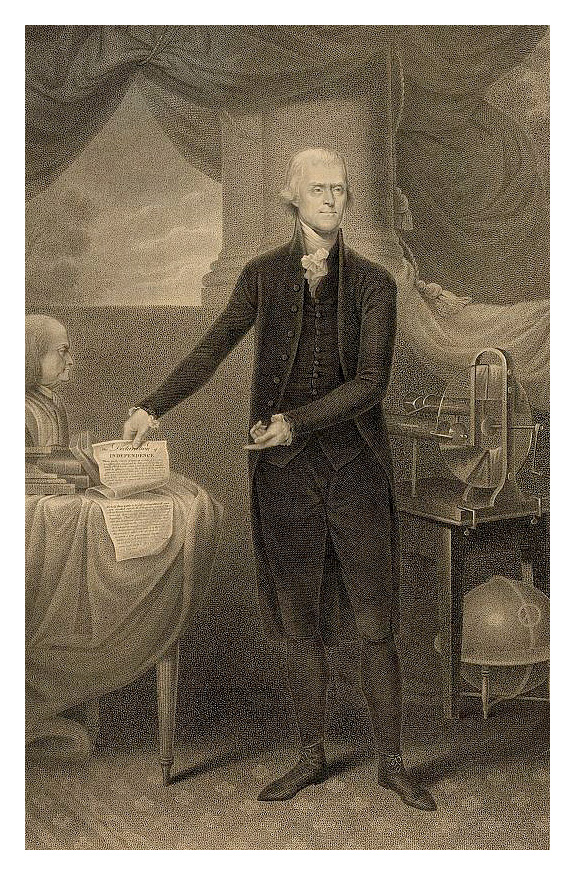

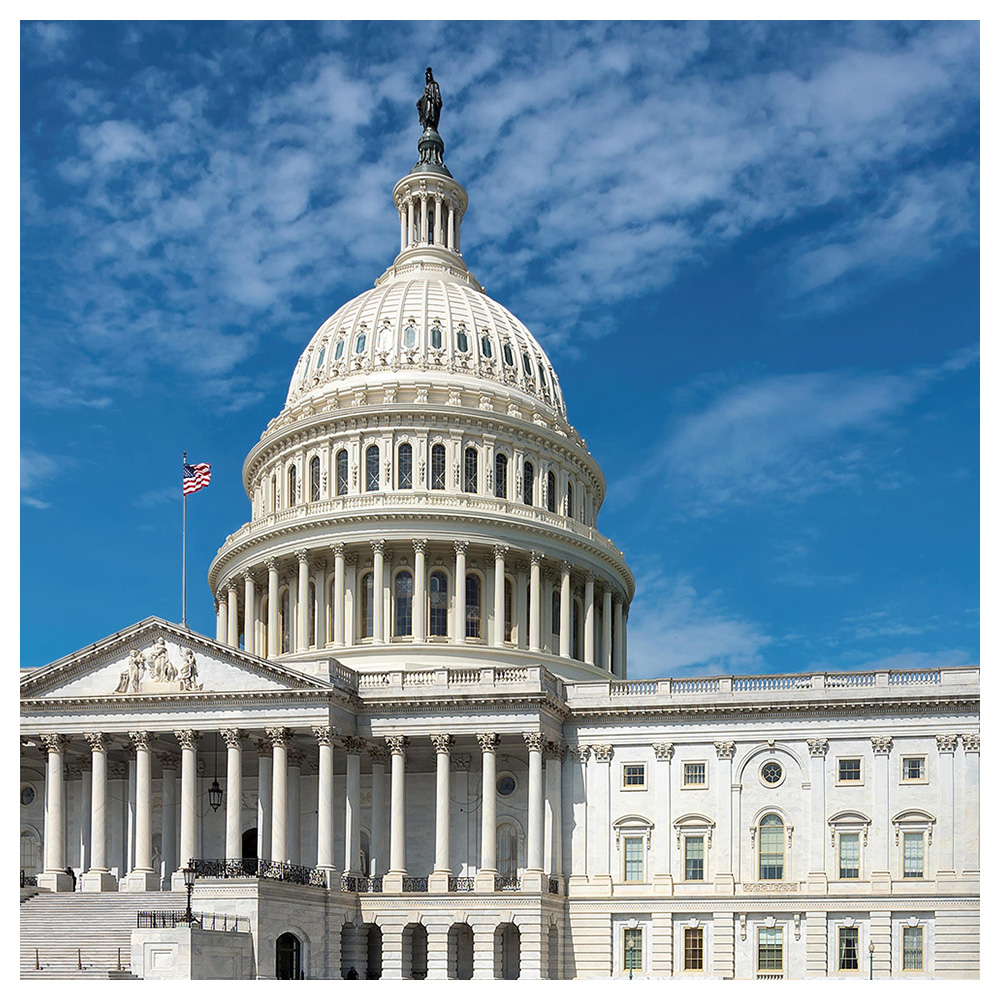
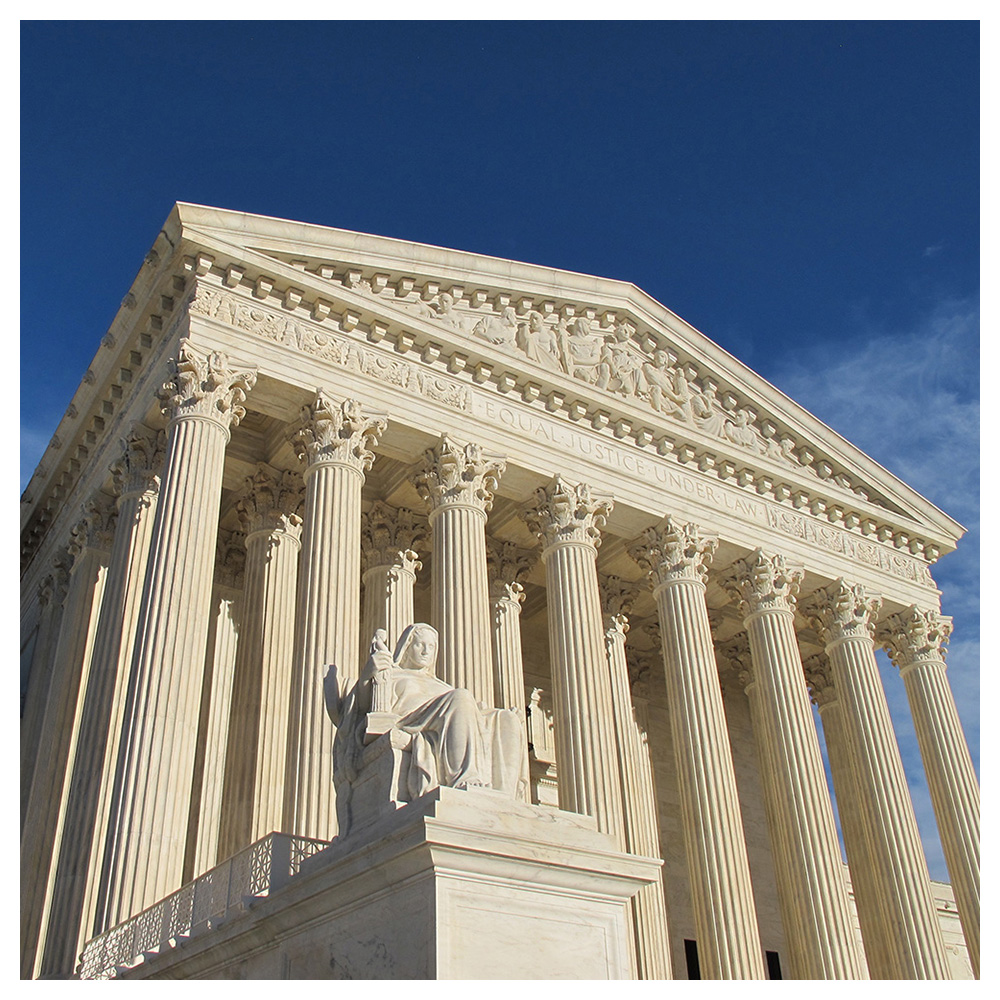
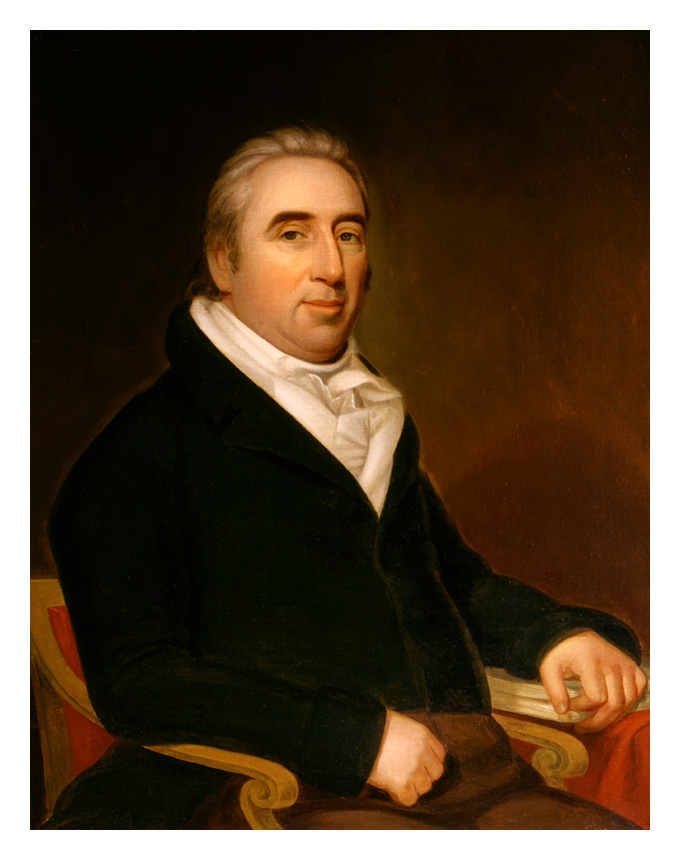
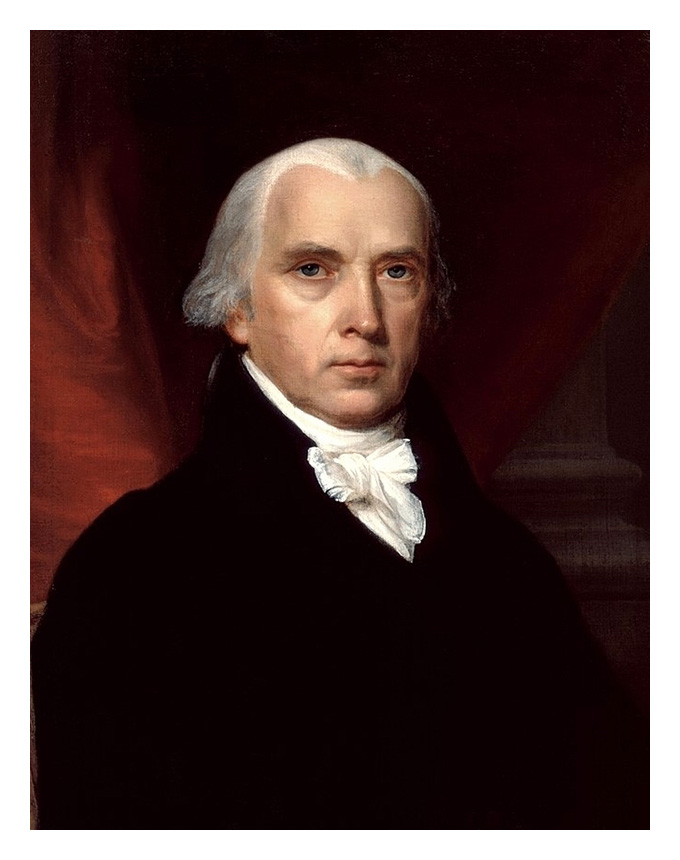

The Supreme Court Historical Society
PRESENT
Marbury v. Madison:
The Empowerment of the Judiciary

- 0
- The Judiciary: the Weakest Branch1
- Introducing John Marshall2
- Adams Appoints the "Midnight Judges"3
- The Democratic-Republicans Fight Back4
- William Marbury, D.C. Justice of the Peace?5
- Charles Lee Represents Marbury6
- Constitutional Crisis7
- The Justices Hear the Argument8
- Marshall Issues The Decision9
- Who Interprets the Constitution?10
- Judicial Review11
- Aftermath12

1. The Judiciary: the Weakest Branch

Chief Justice Oliver Ellsworth

President John Adams

John Jay, the first Chief Justice
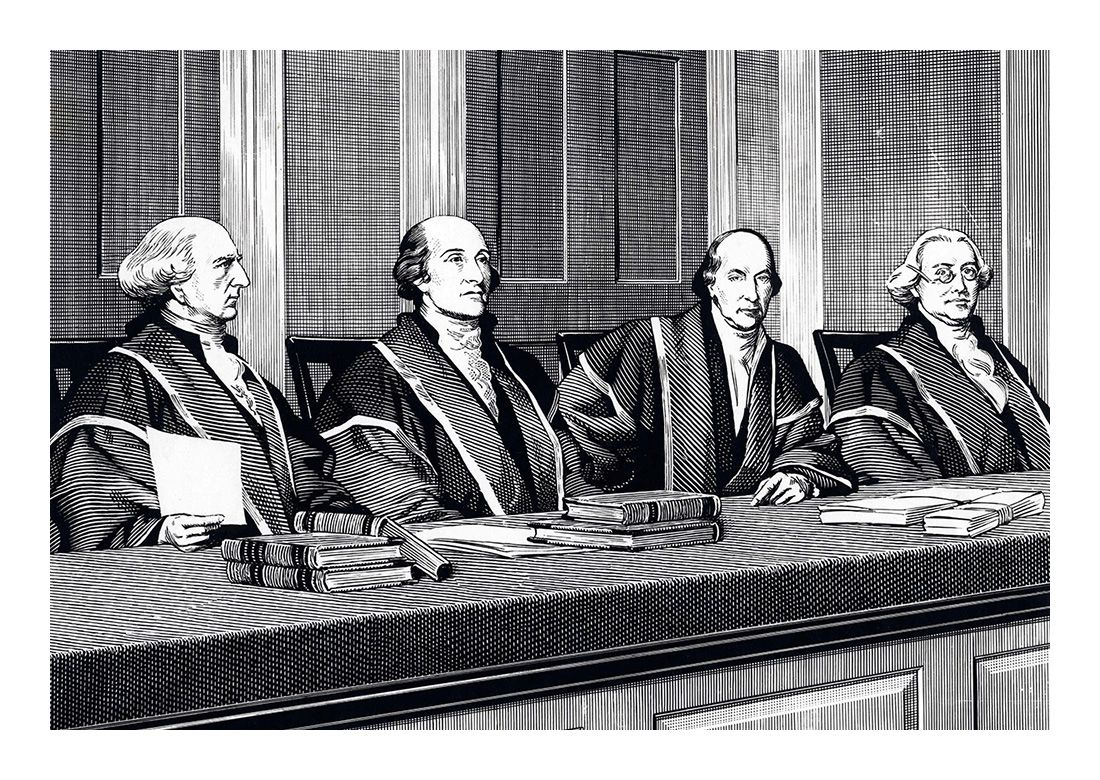
The Supreme Court in the 1790s
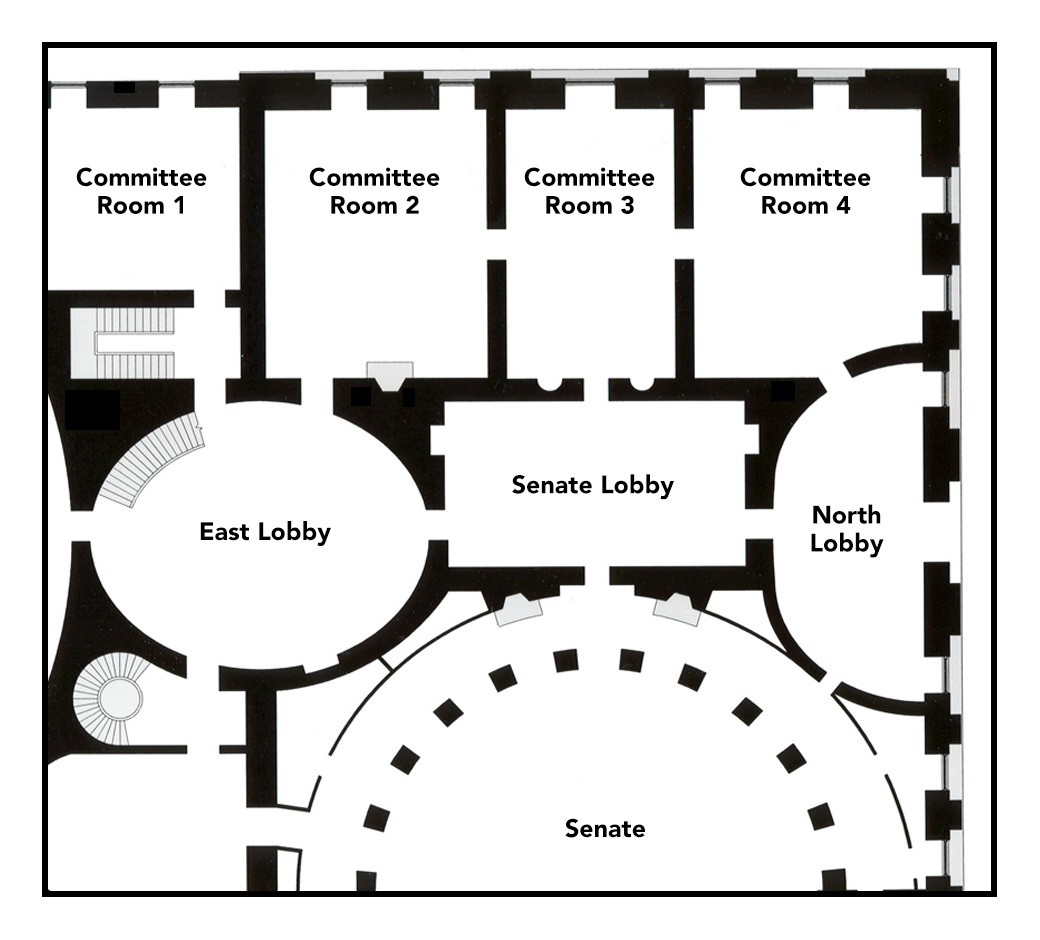
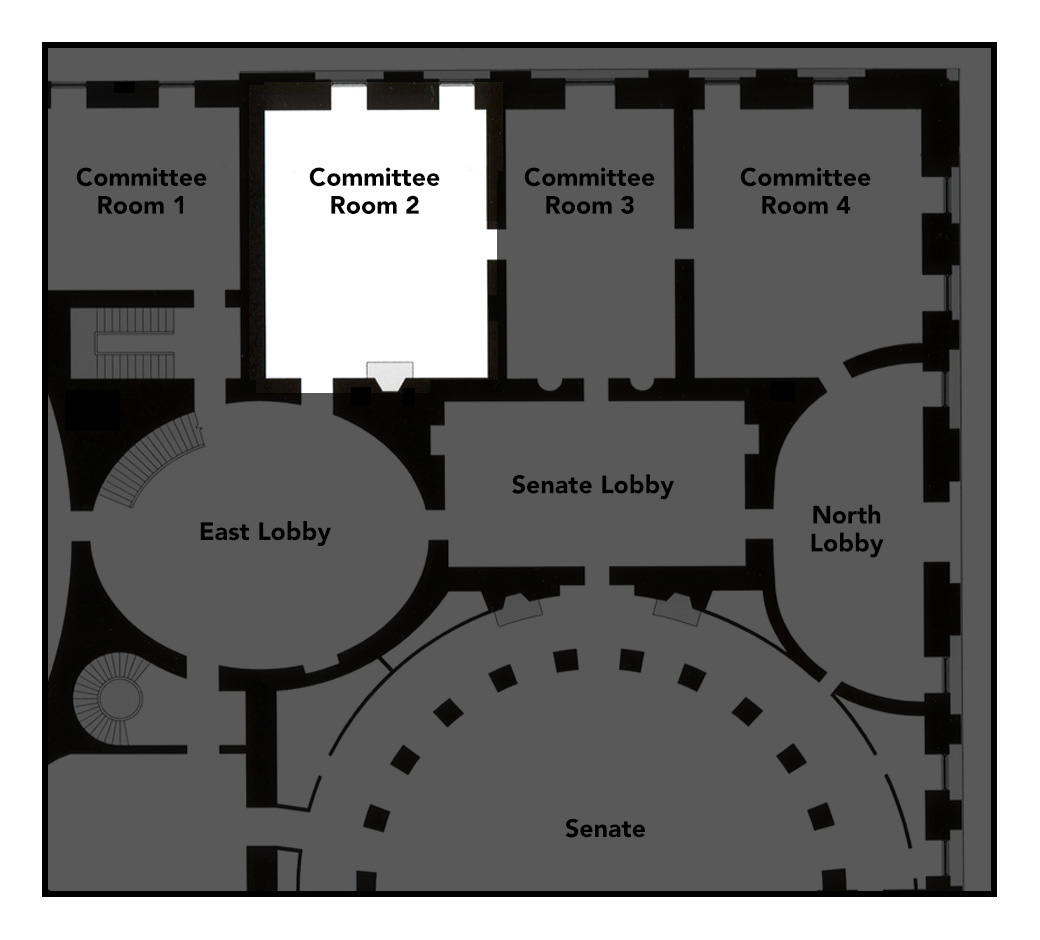
The Supreme Court heard cases inside Committee Room 2 in the Capitol building
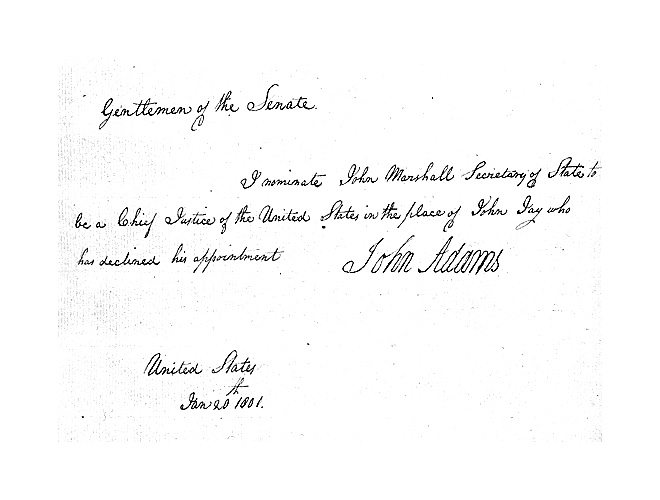
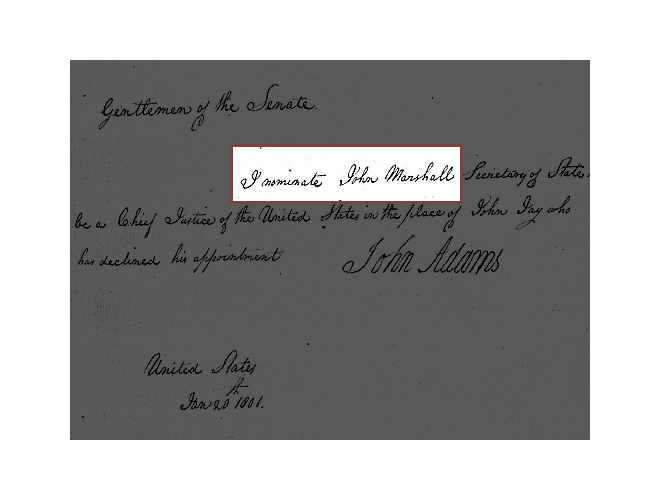

2. Introducing John Marshall
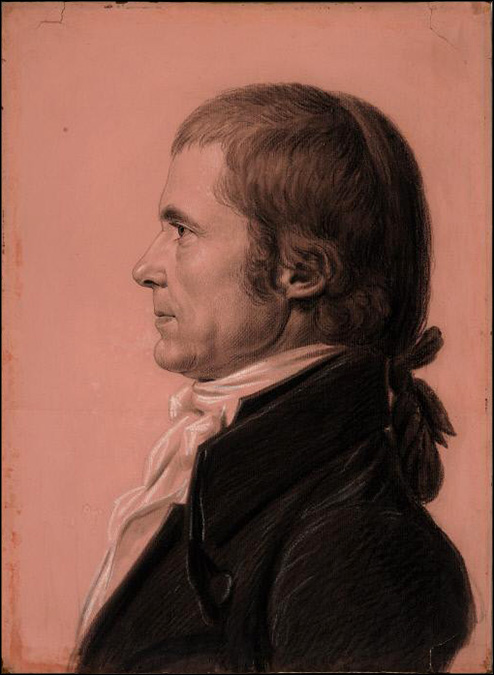
John Marshall
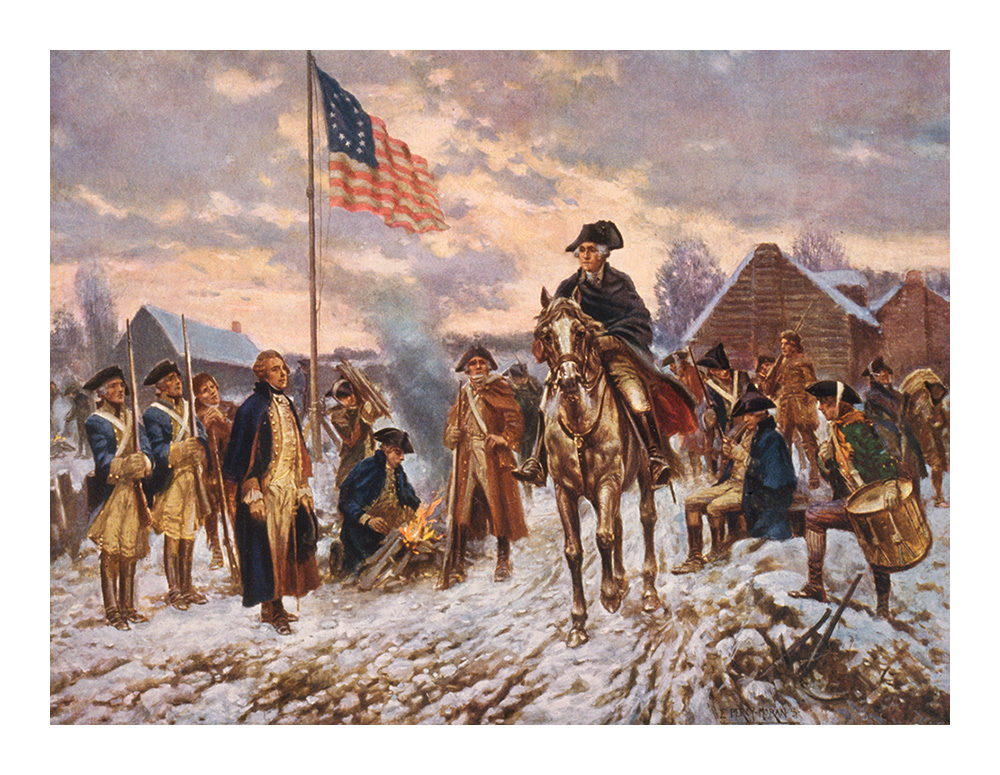
George Washington on horseback
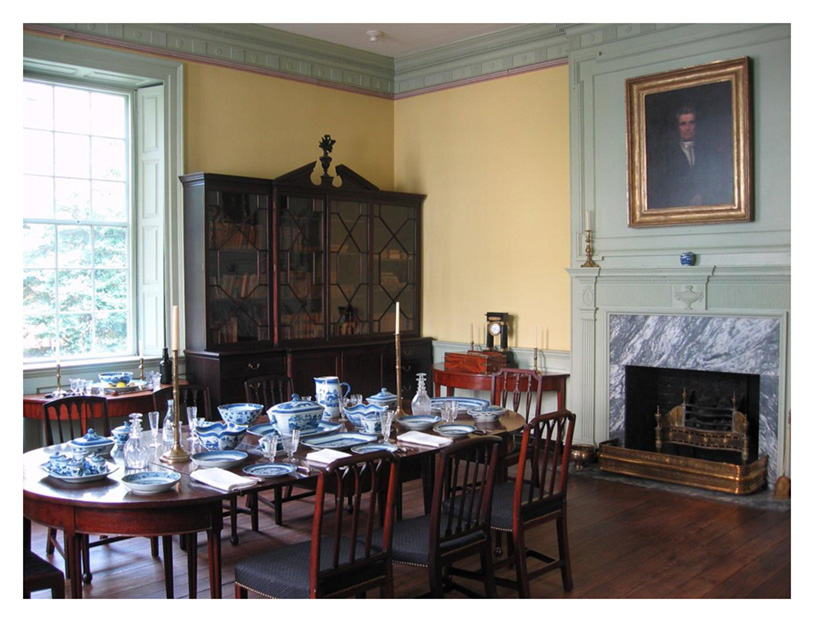
Marshall's elegant home in Richmond
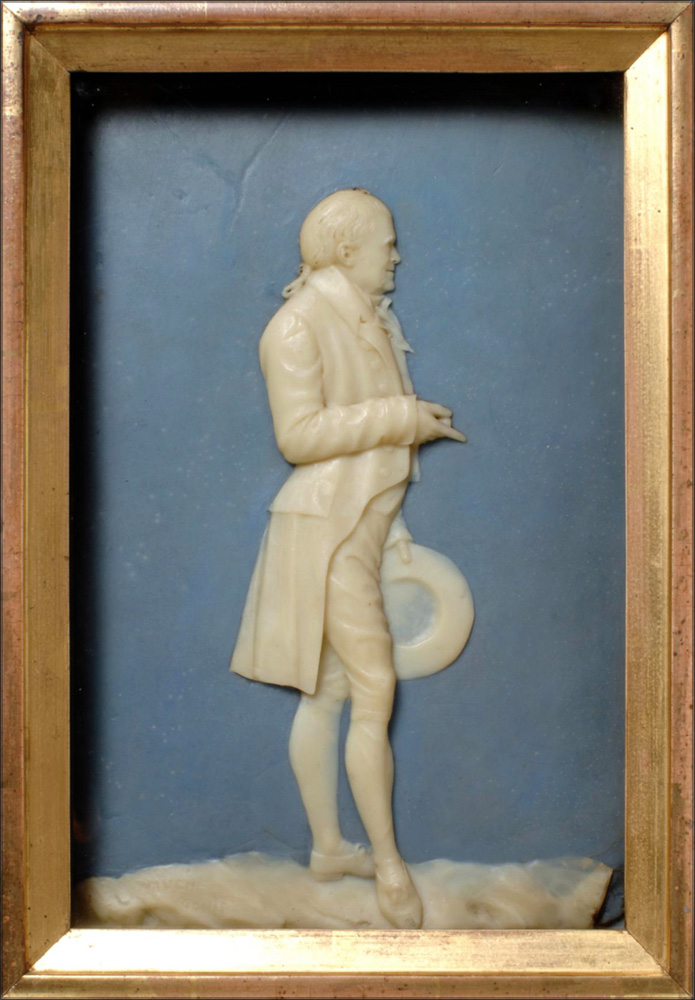
John Marshall served in Congress

Marshall (left) discussing a case
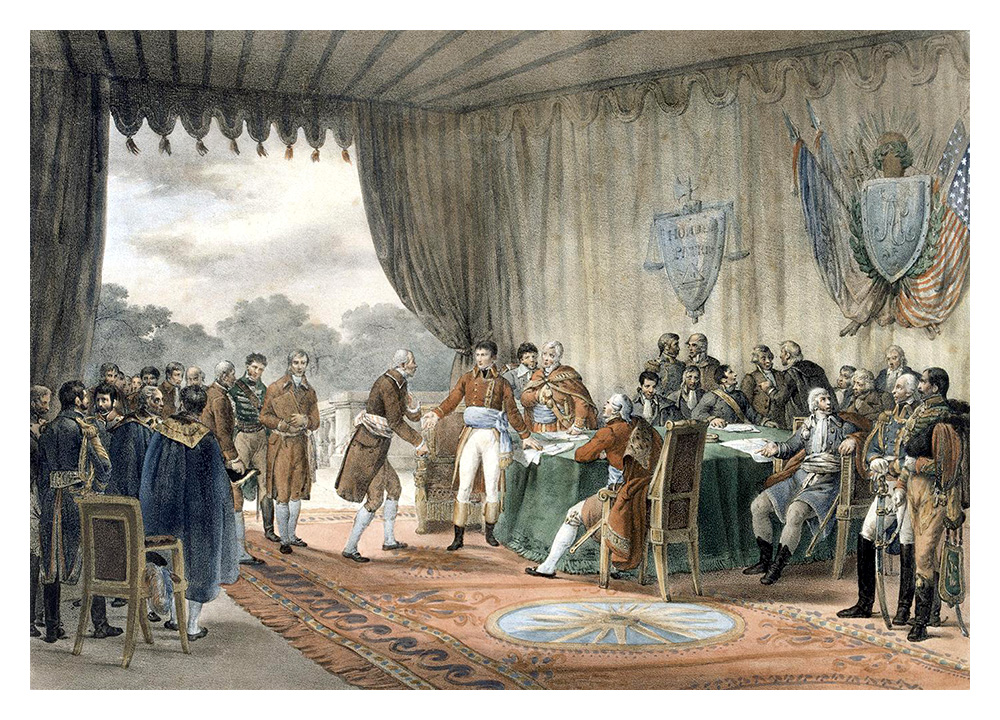
Signing a treaty with France
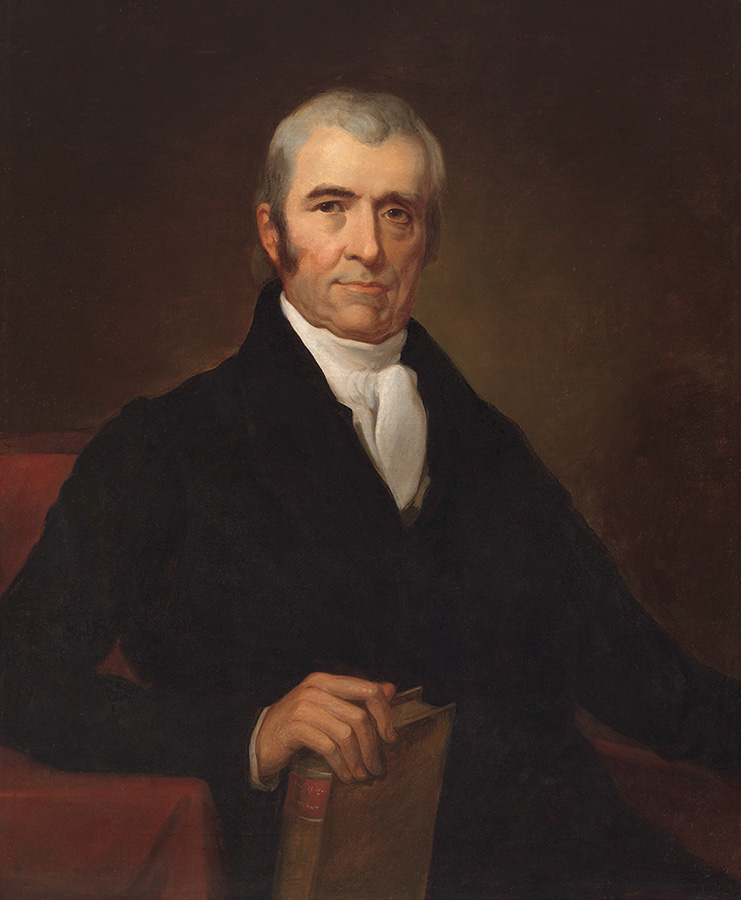

3. Adams Appoints the "Midnight Judges"
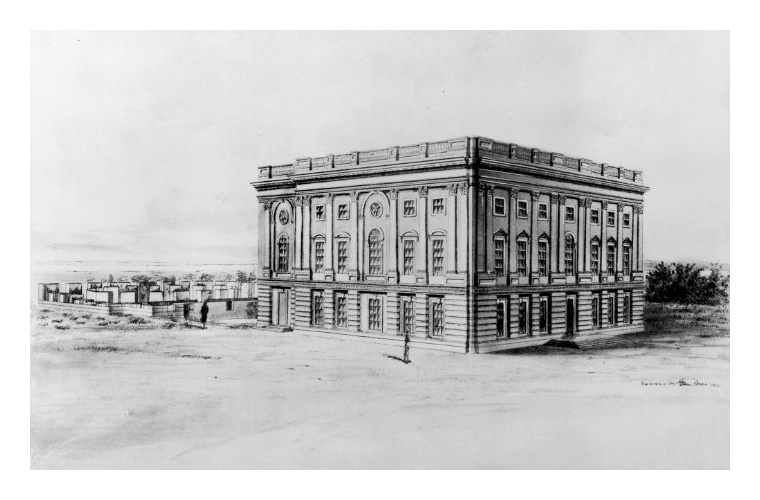
Congress met in the North Wing of the Capitol, the first part constructed

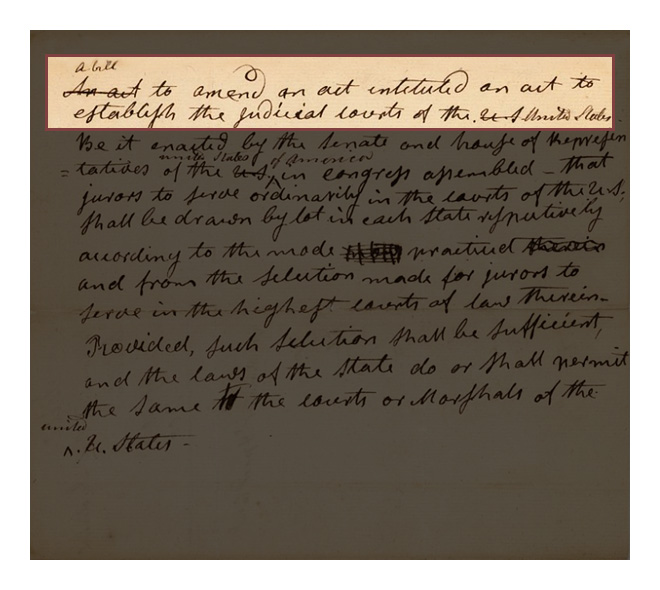
The Judiciary Act of 1801
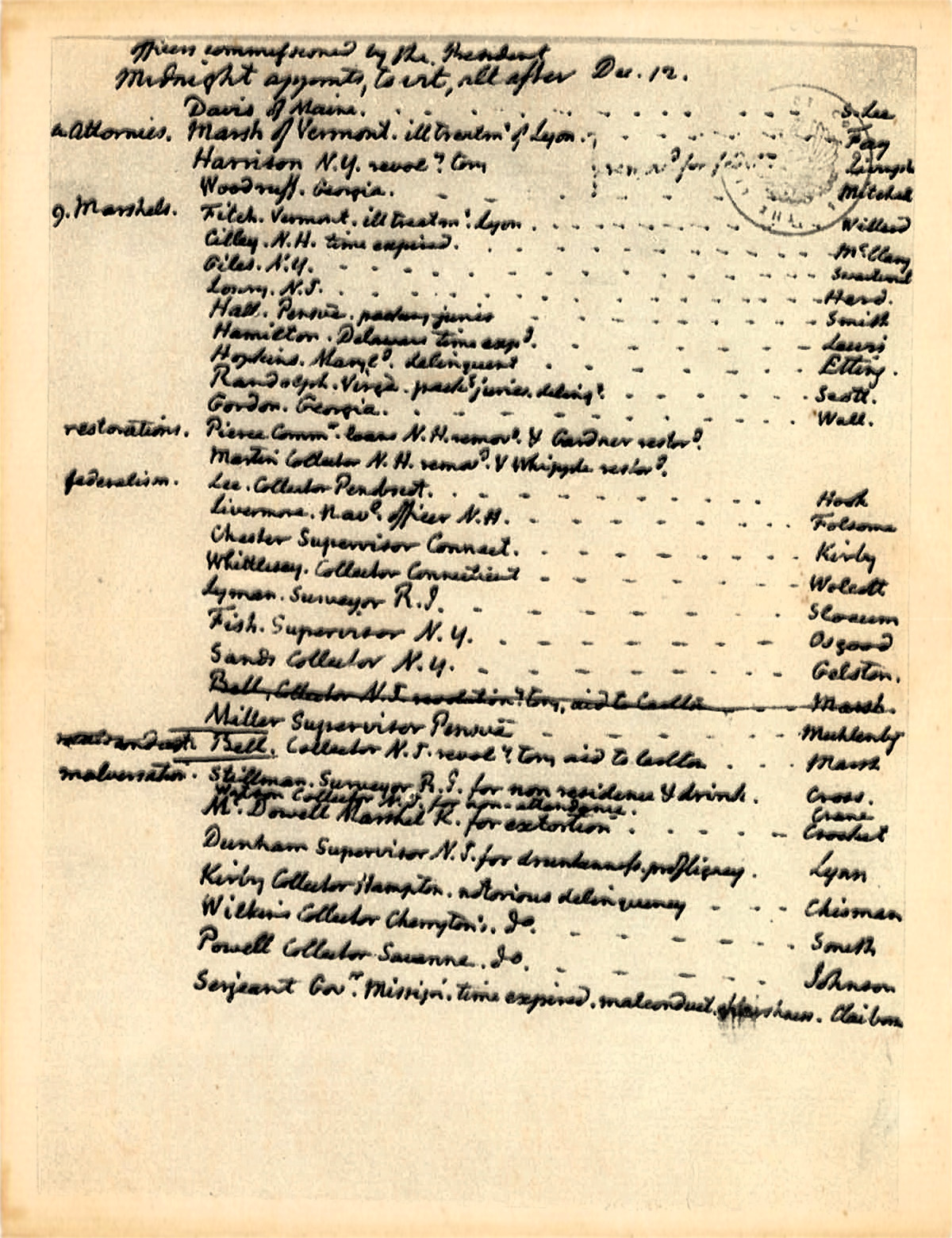
Adams' list of appointees
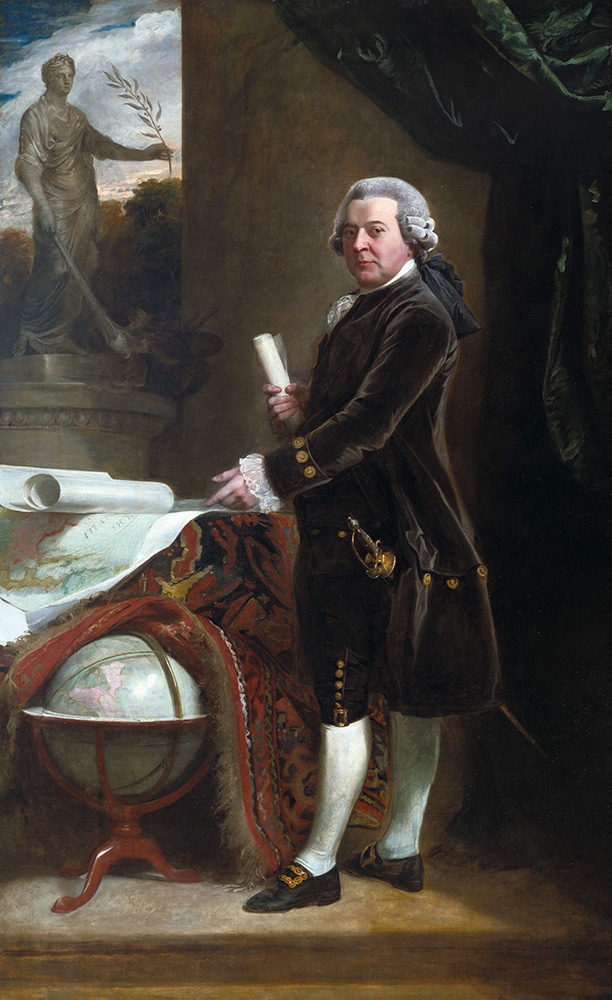
John Adams



4. The Democratic-Republicans Fight Back
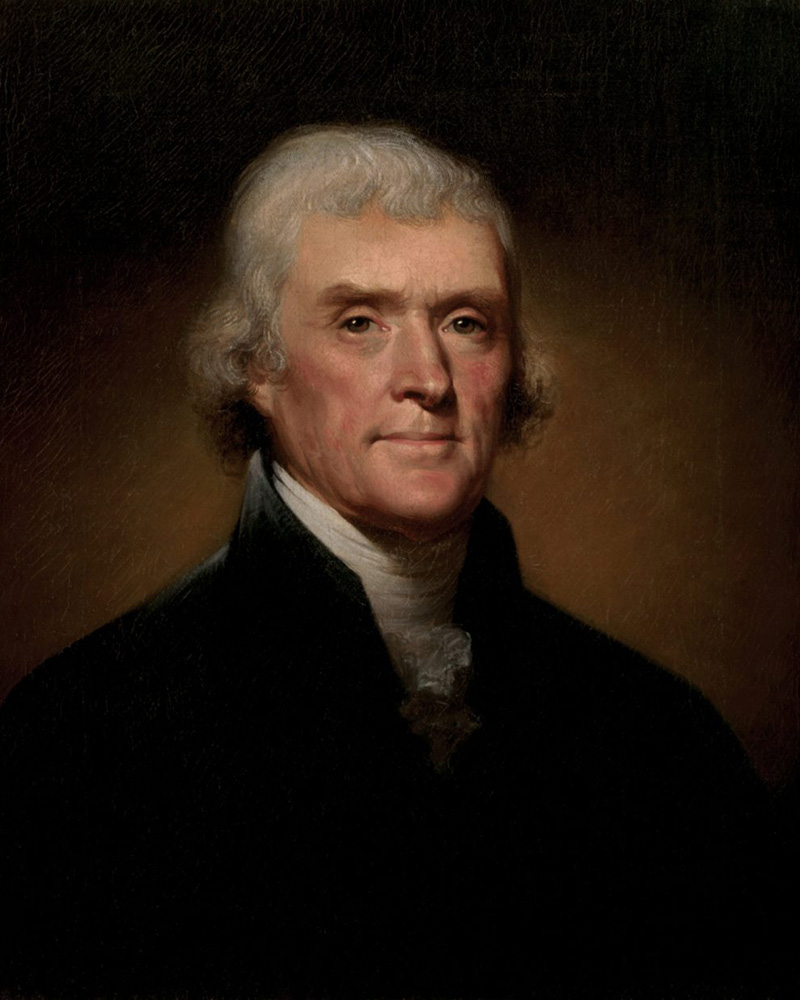
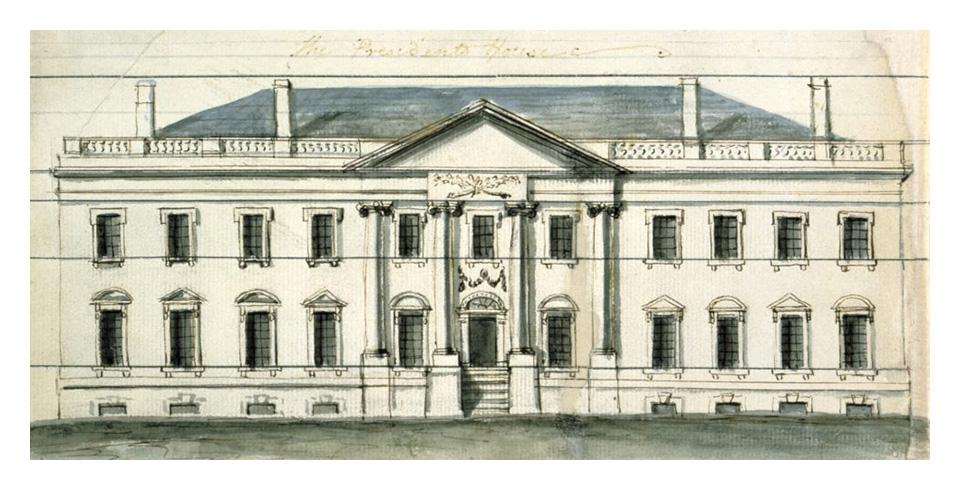
The White House was then called the President's House

Democratic-Republicans held a Majority in Congress

Congressmen Voted on The Repeal Act
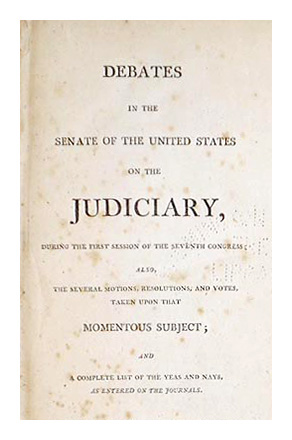


The justices felt burdened by having to travel widely to serve as judges on regional circuit courts

5. William Marbury, D.C. Justice of the Peace?

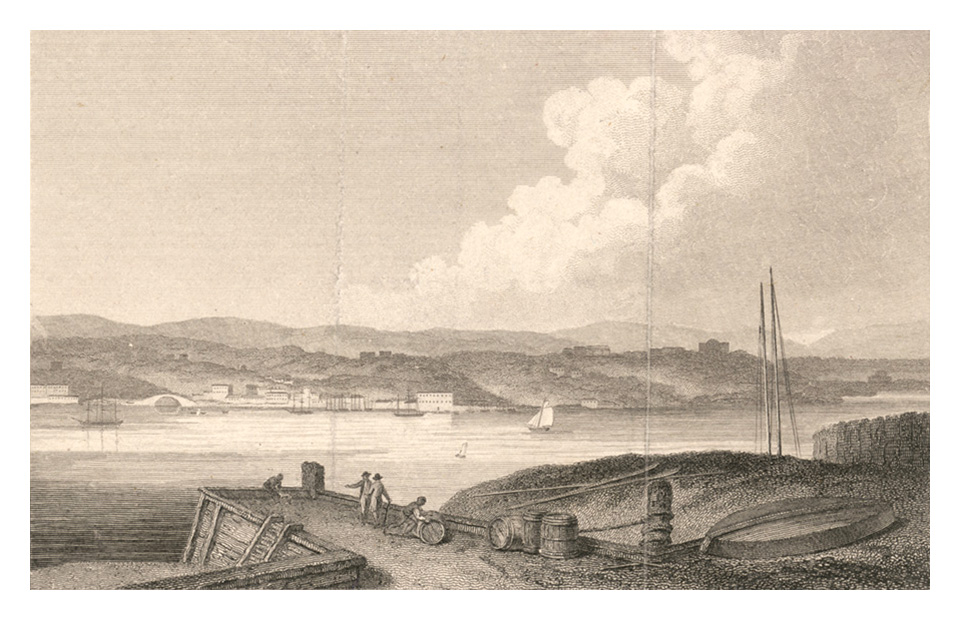
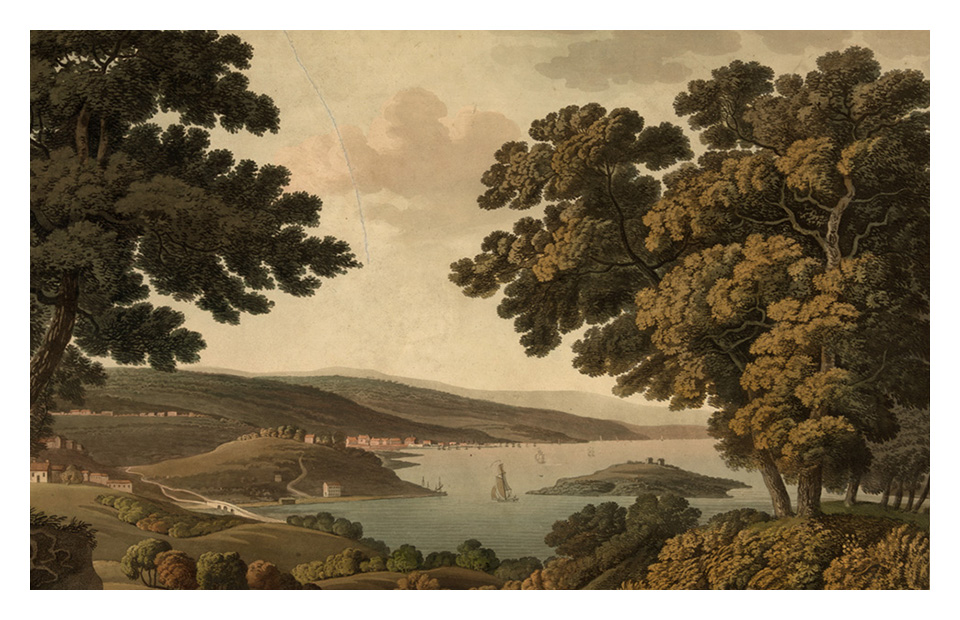
Washington, D.C. in 1801
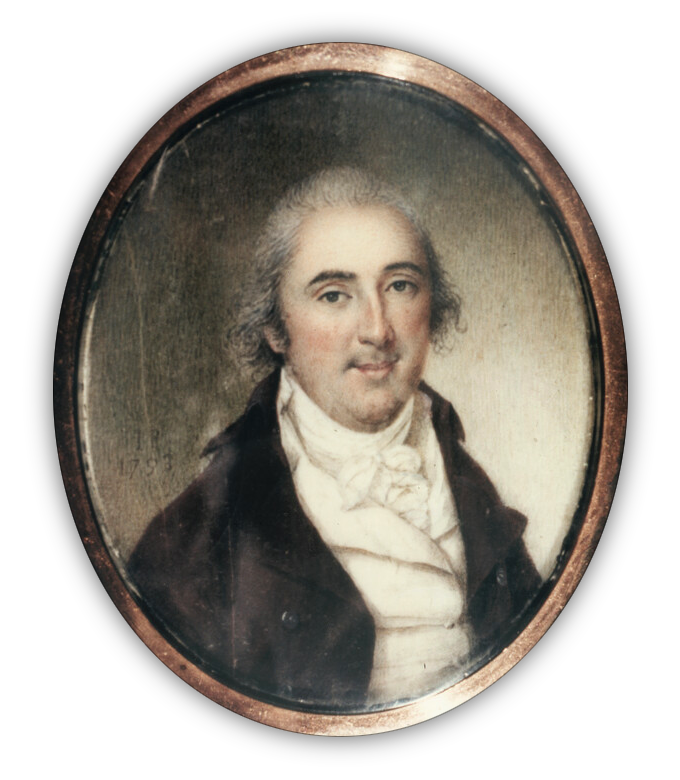
William Marbury

Marshall sealing commissions
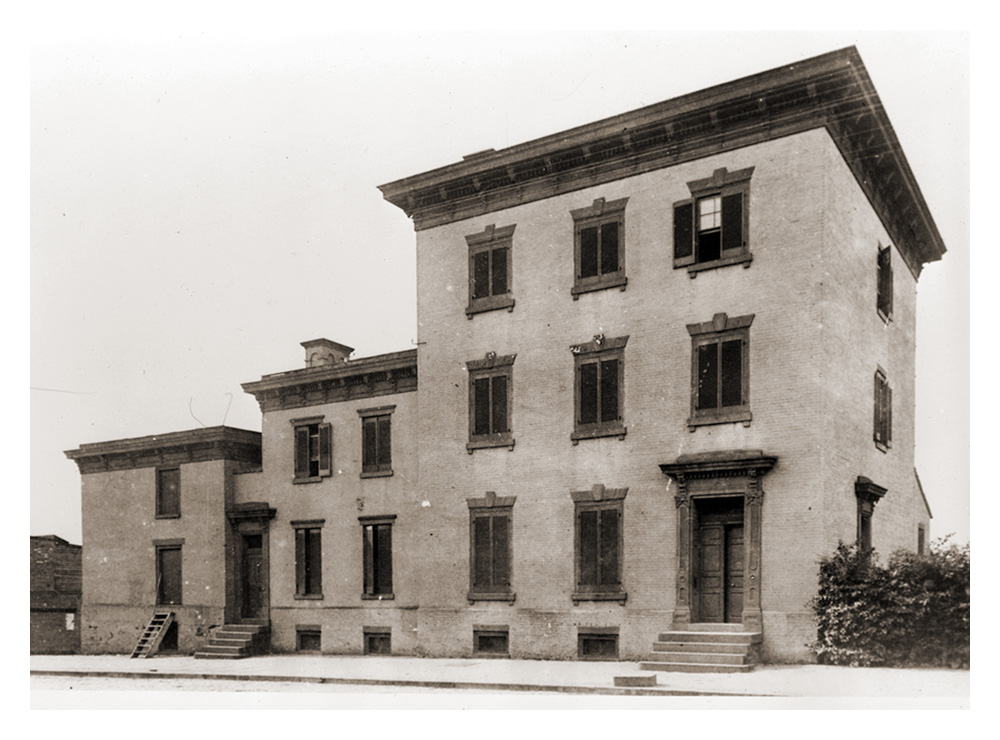
Marbury's house, where the commission should have been delivered


6. Charles Lee Represents Marbury


William Marbury

Marbury's lawyer Charles Lee
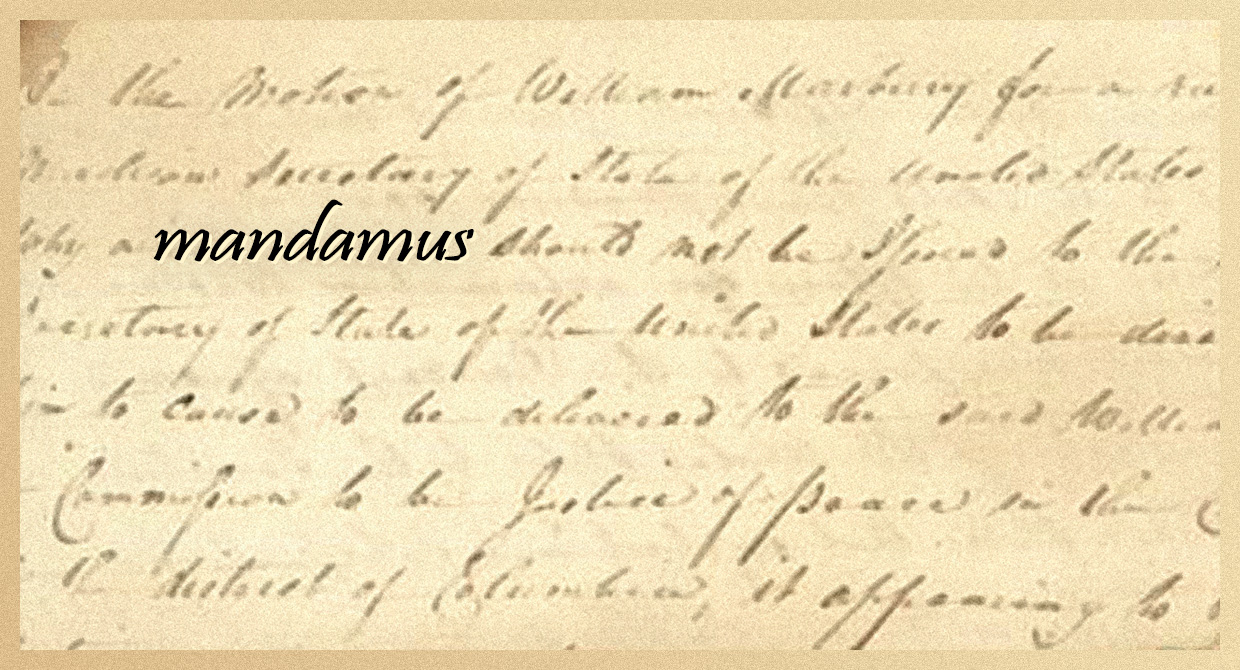
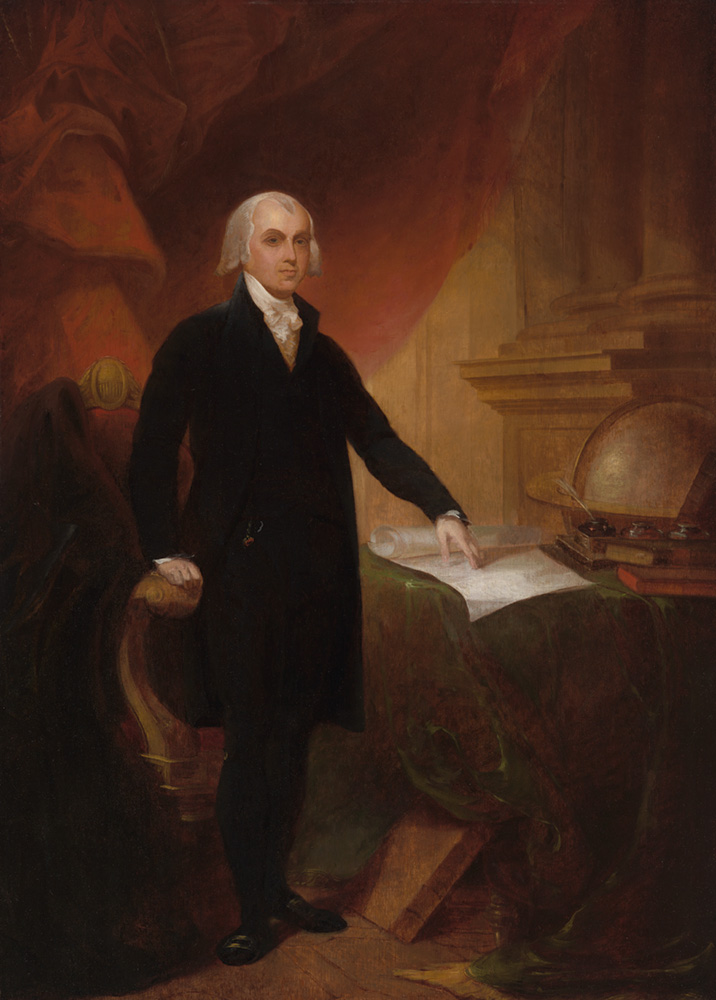
Secretary of State James Madison
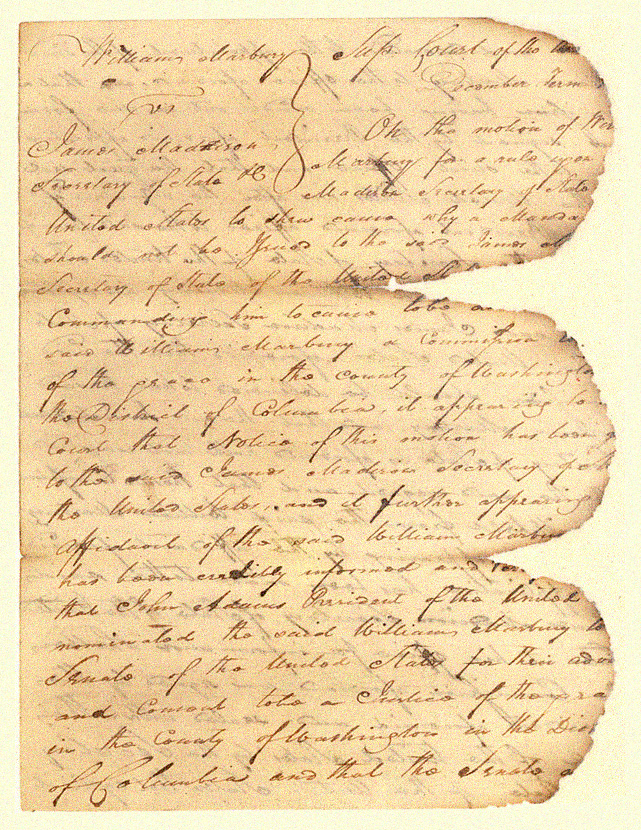
Before issuing the writ of mandamus, the Court had first asked Madison to give a reason why it should not compel him to deliver the commission

7. Constitutional Crisis

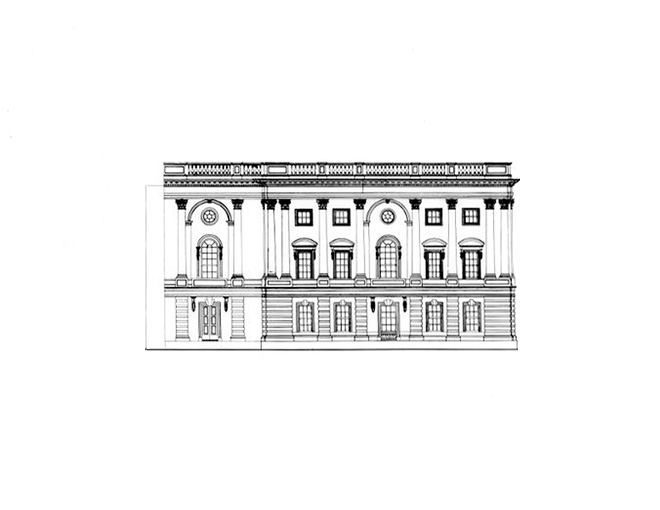

Both houses of Congress met here
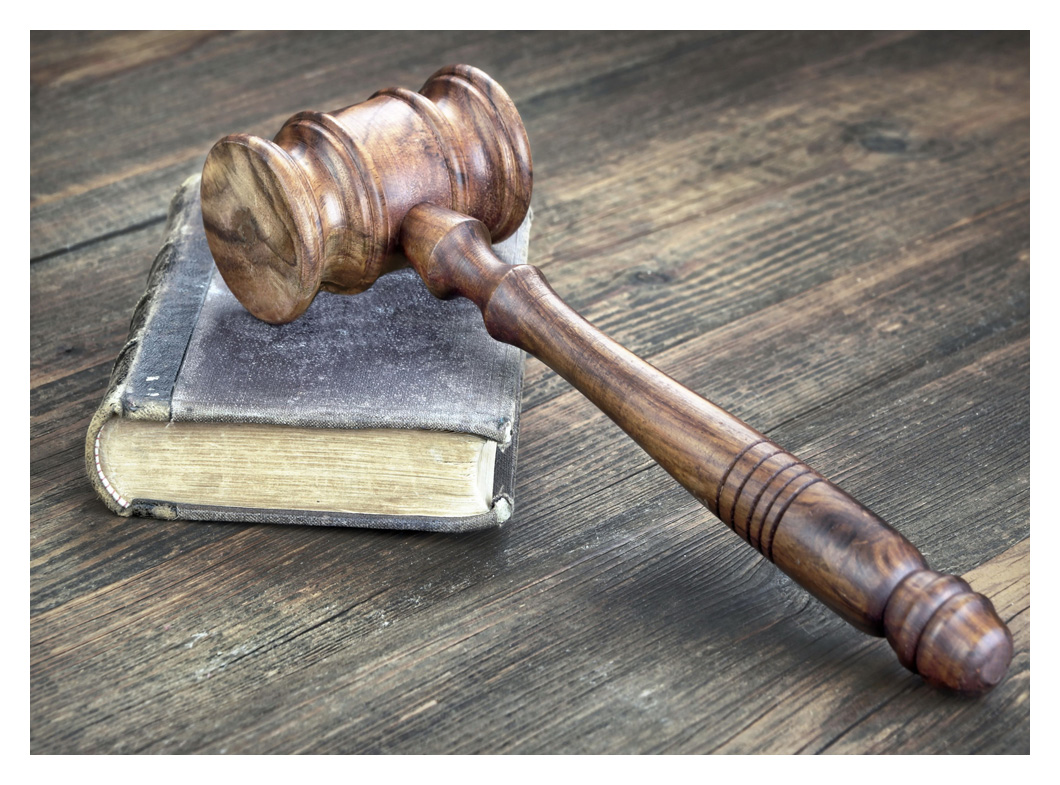

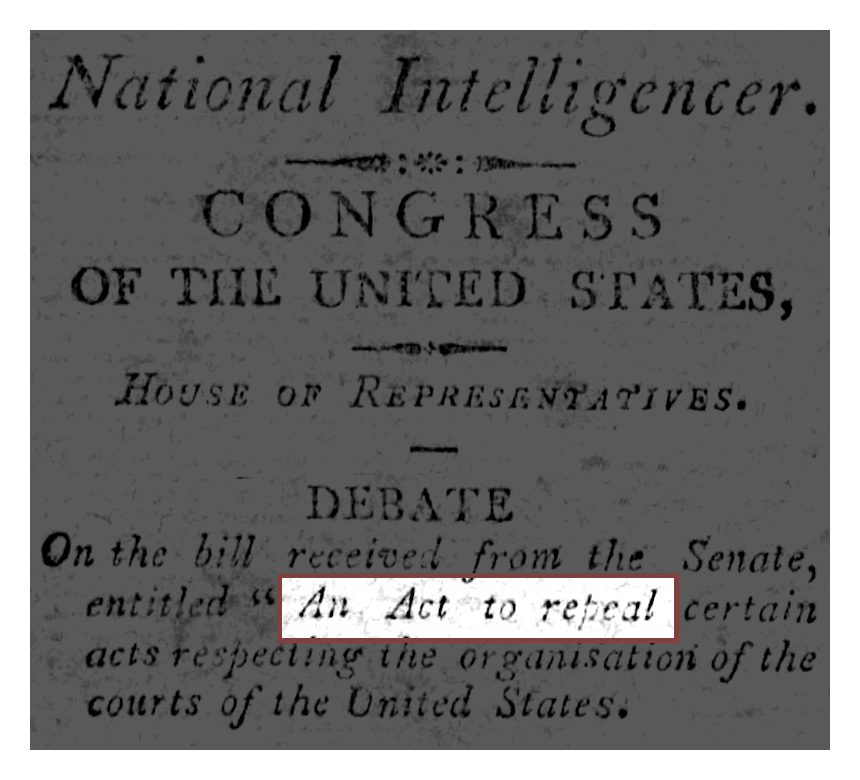


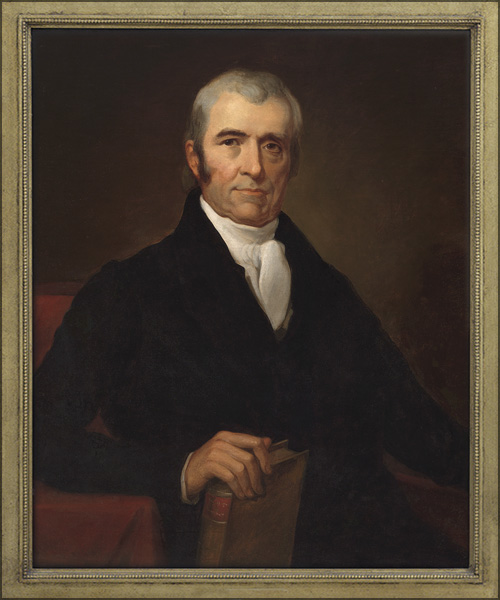
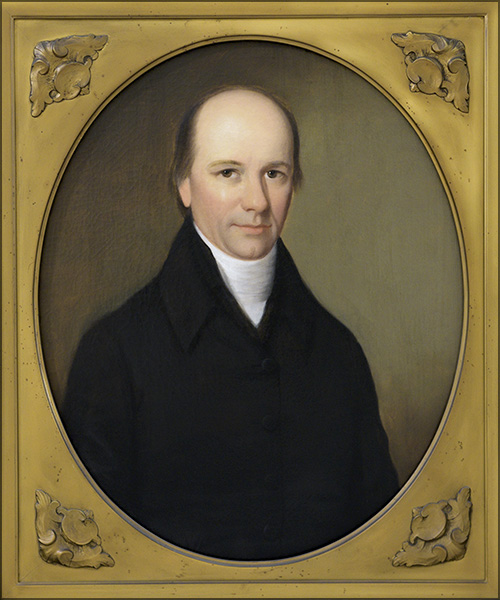

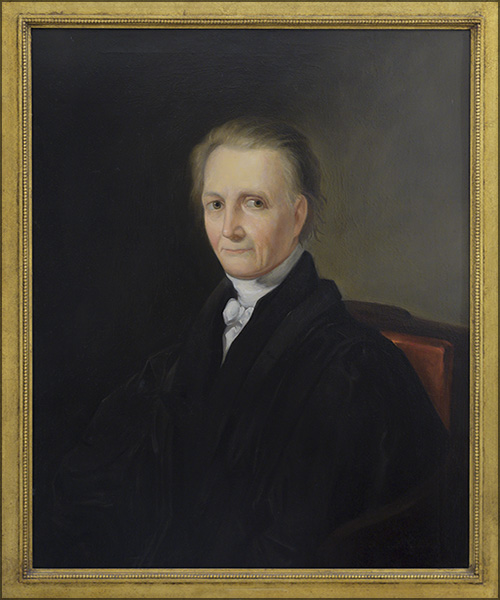
The six justices of the Supreme Court: Samuel Chase, William Cushing, John Marshall, Alfred Moore, William Paterson, and Bushrod Washington


8. The Justices Hear the Argument

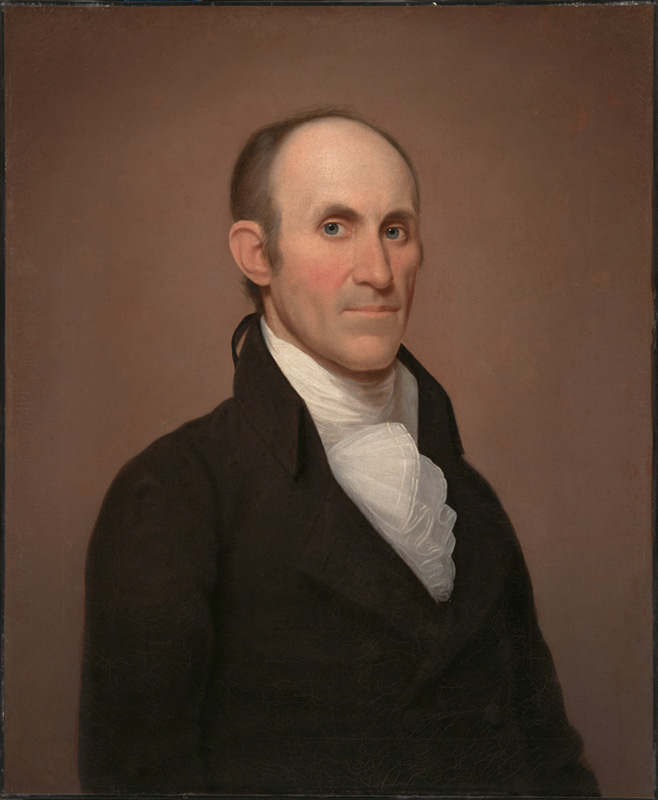
Charles Lee
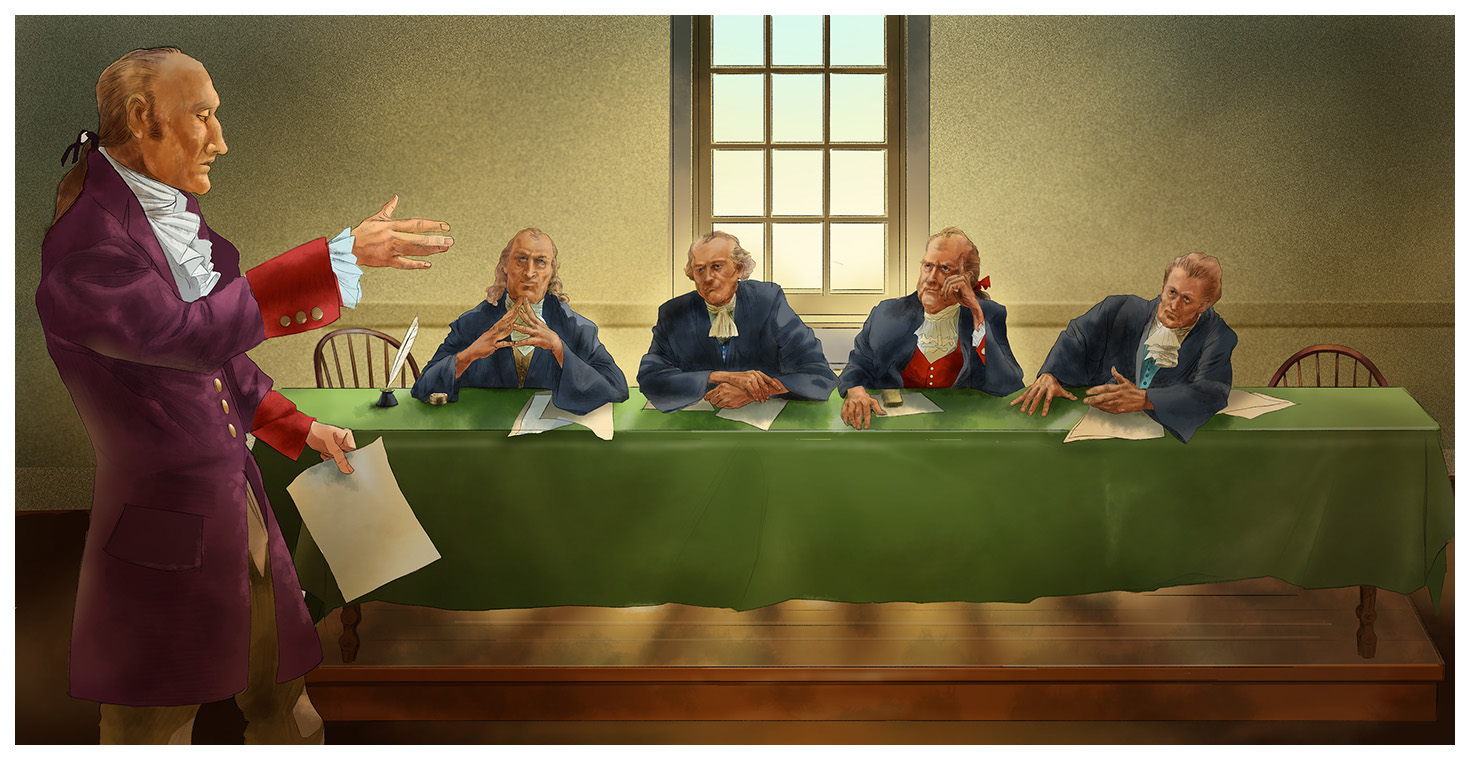
Four justices heard the case argued because two were ill
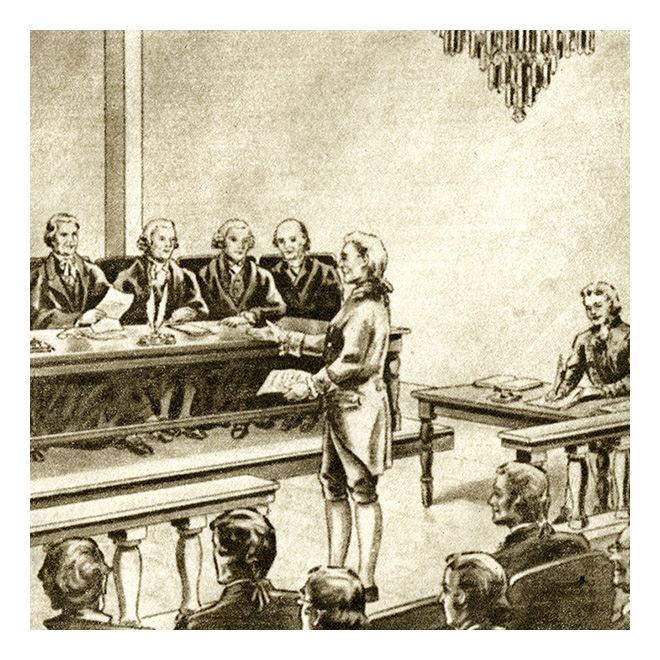
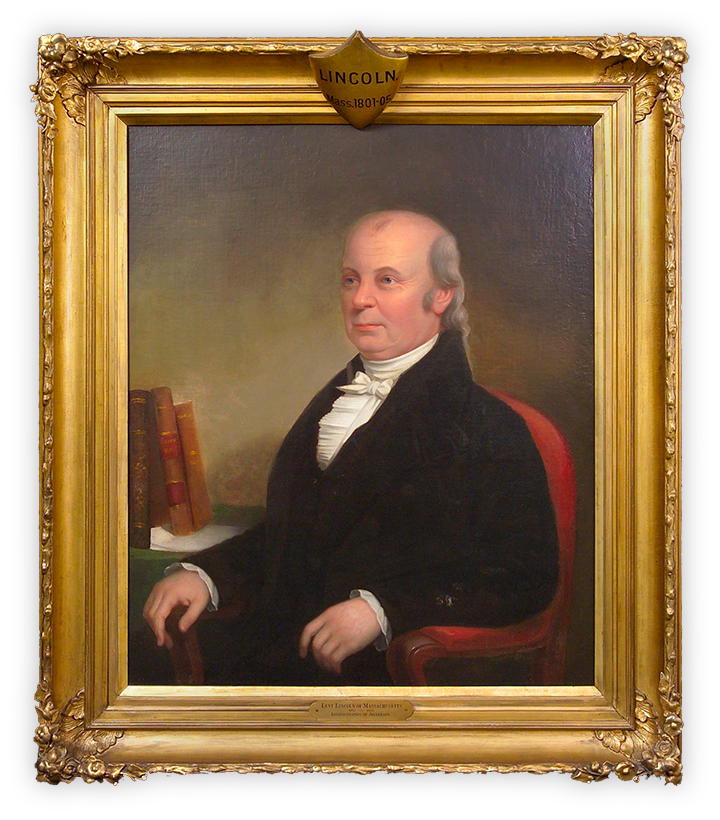
Jefferson's Attorney General Levi Lincoln
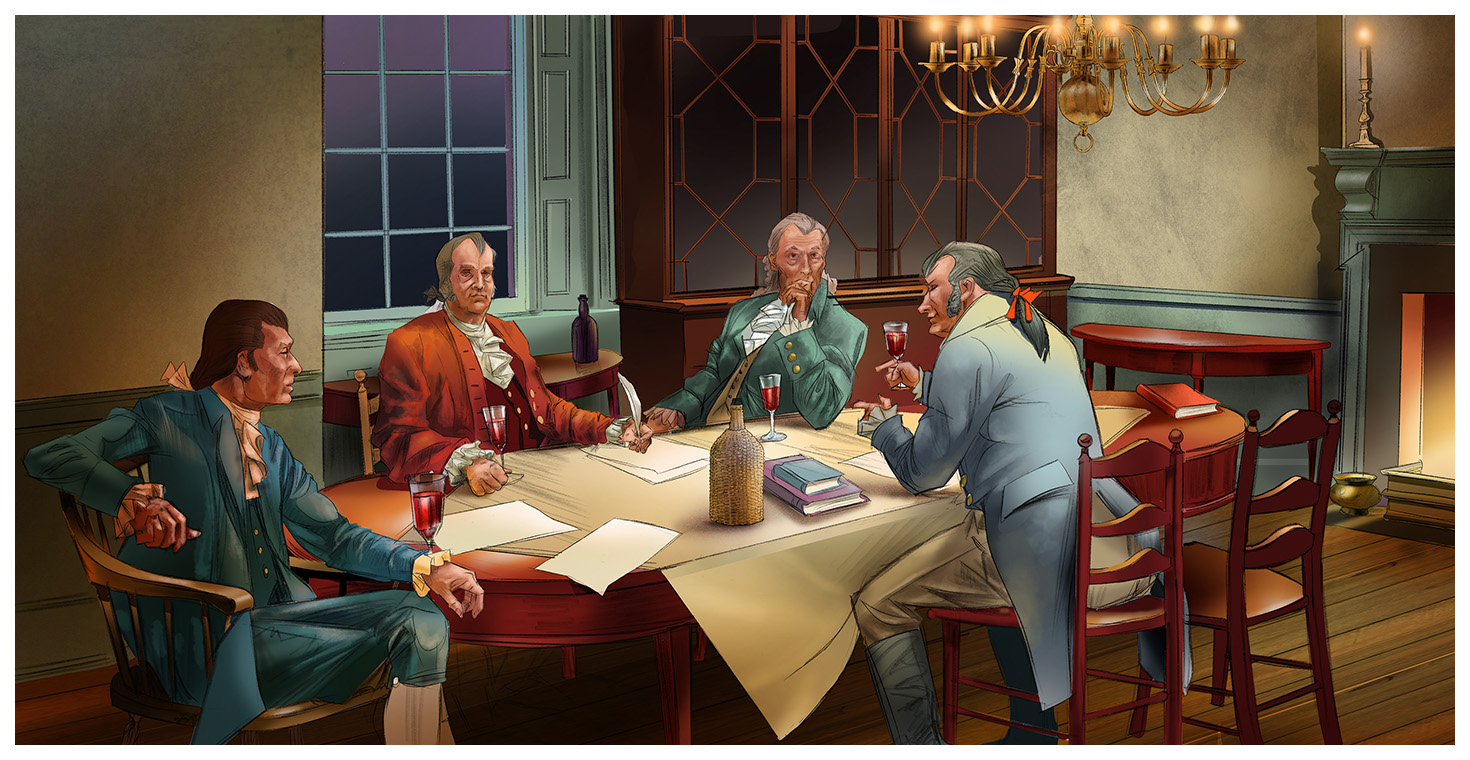
The justices deliberated the case in their hotel next to the Capitol building

9. Marshall Issues The Decision
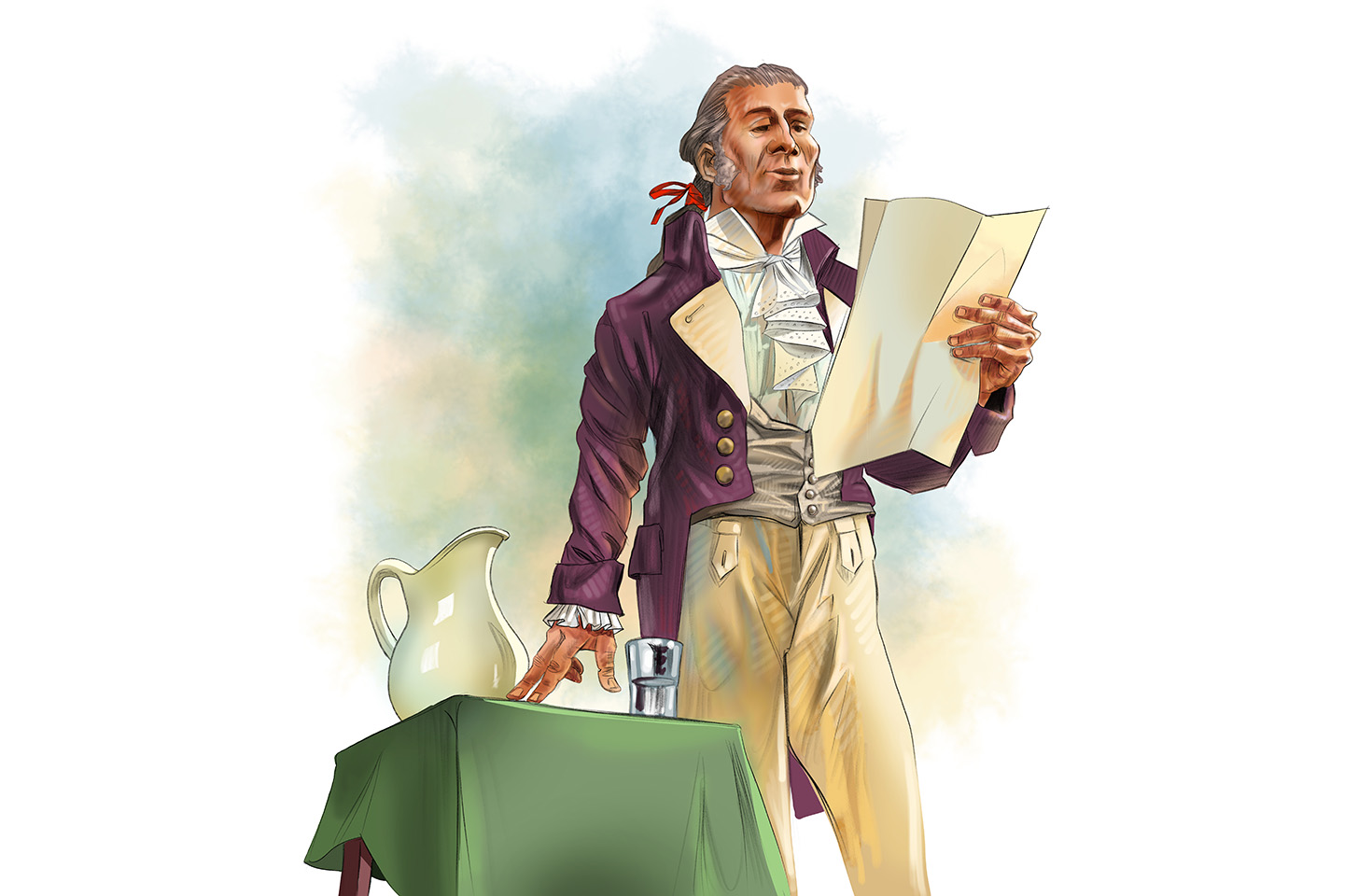
Marshall read the opinion in the hotel's packed front parlor
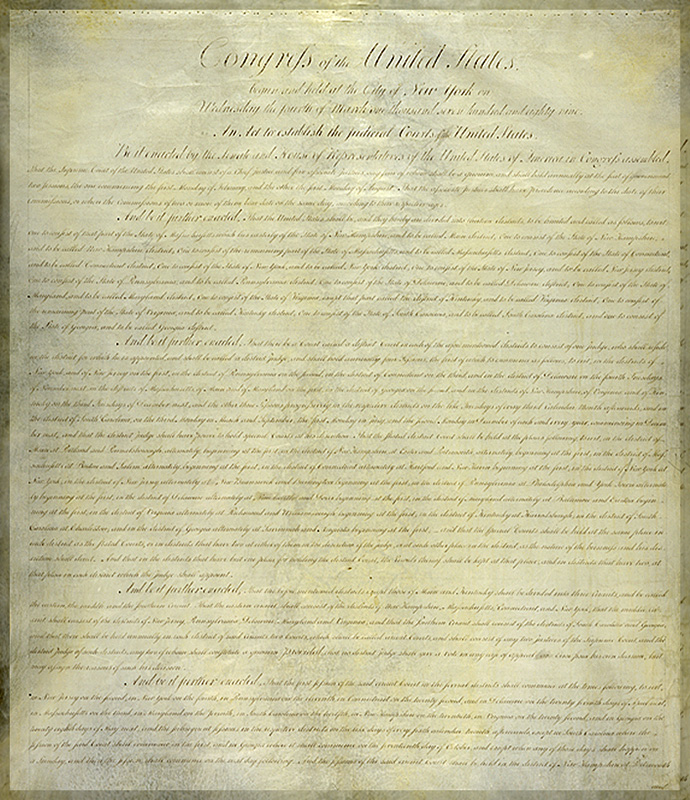
The Judiciary Act of 1789
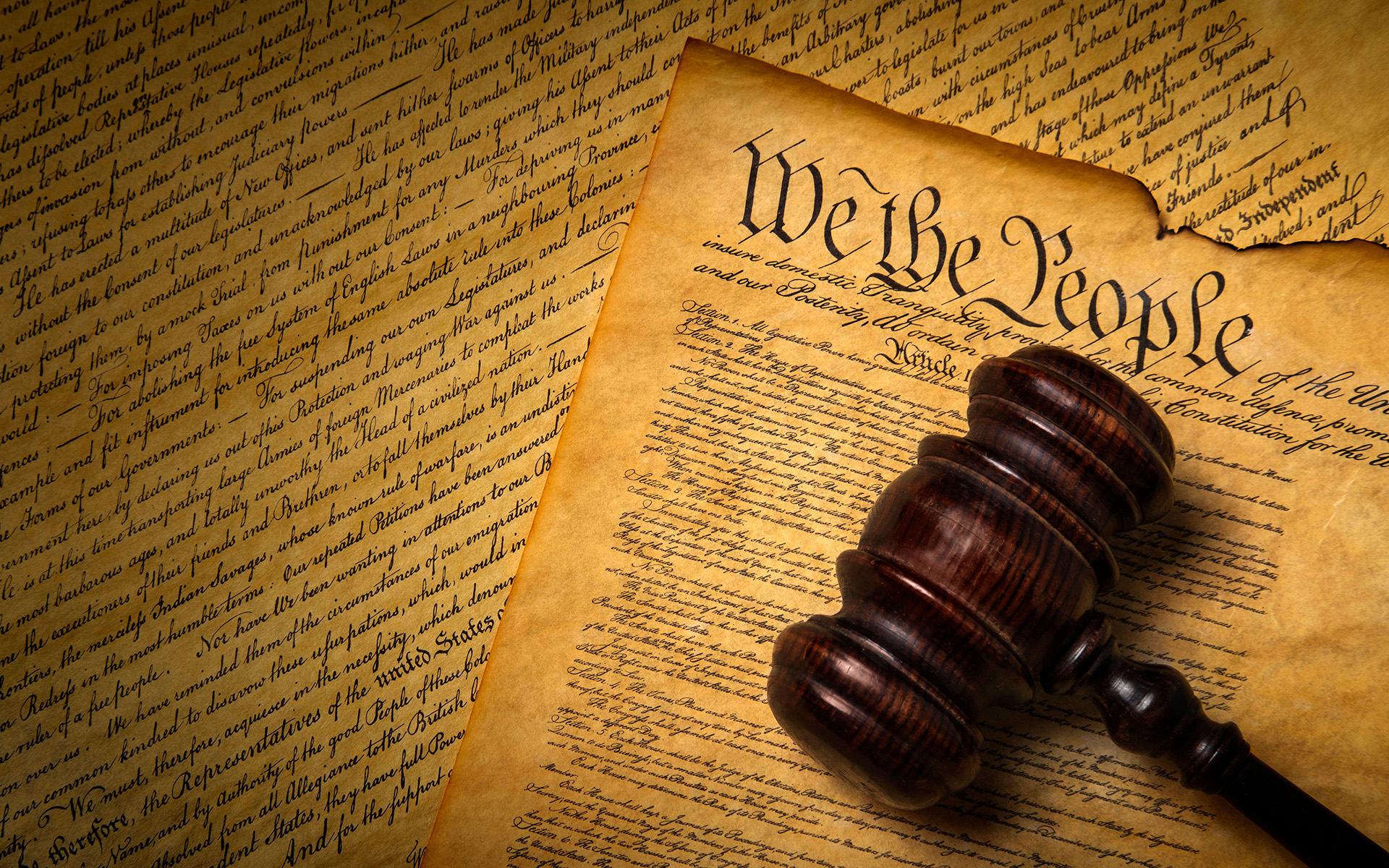

Congressmen rushed to the hotel to hear Marshall deliver the Court's decision


Marbury v. Madison Decision

William Marbury

10. Who Interprets the Constitution?

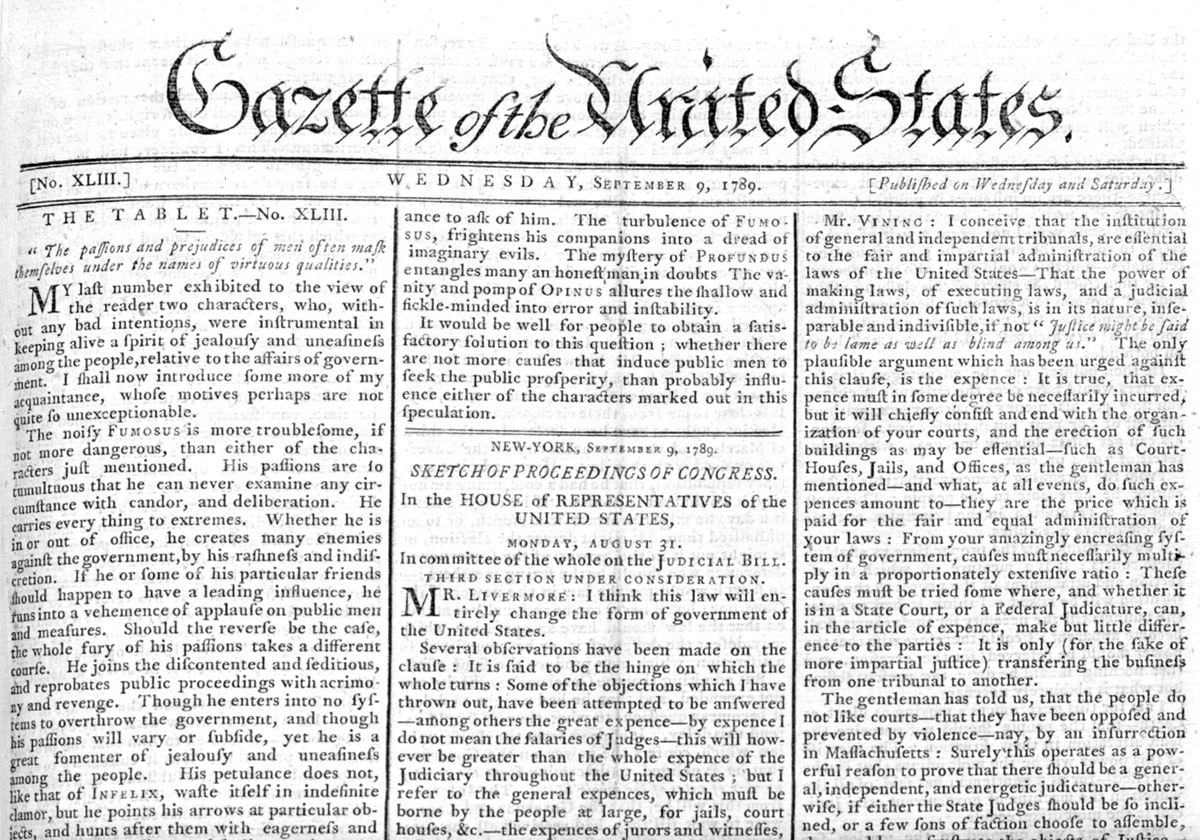
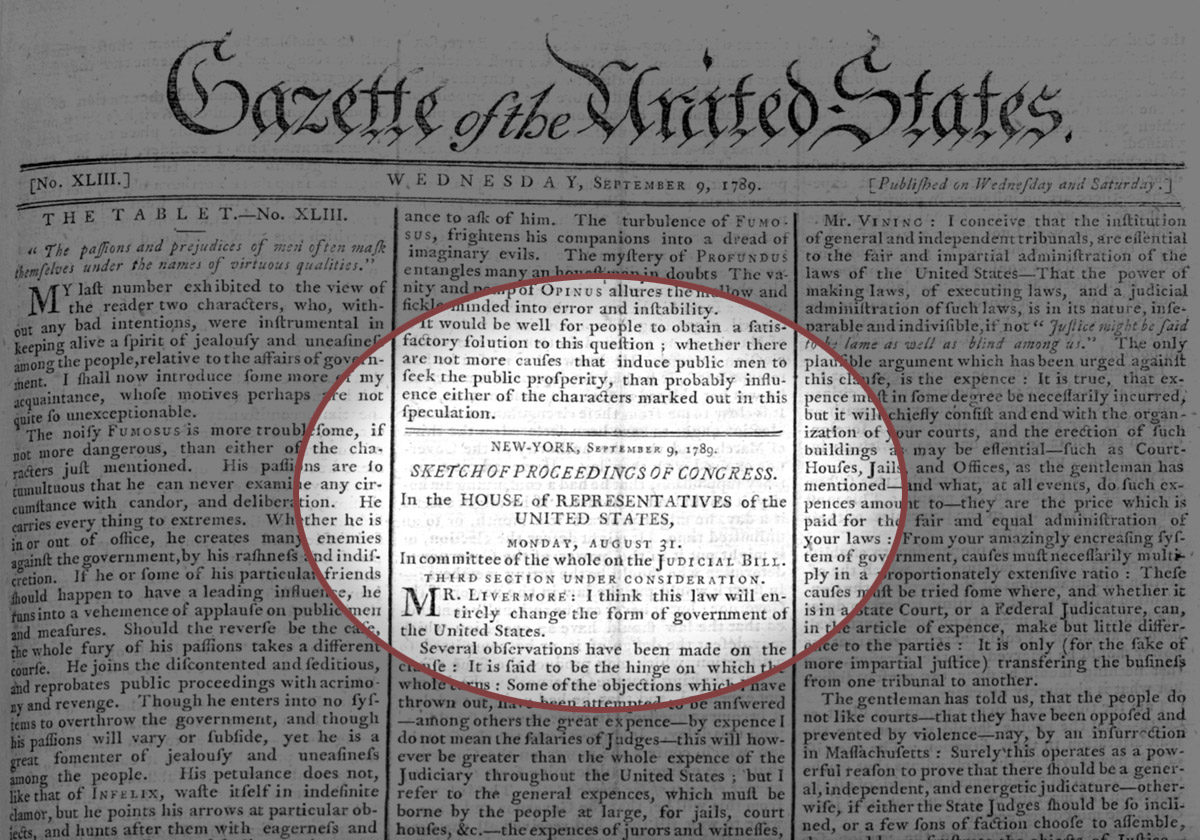

Signing the Constitution

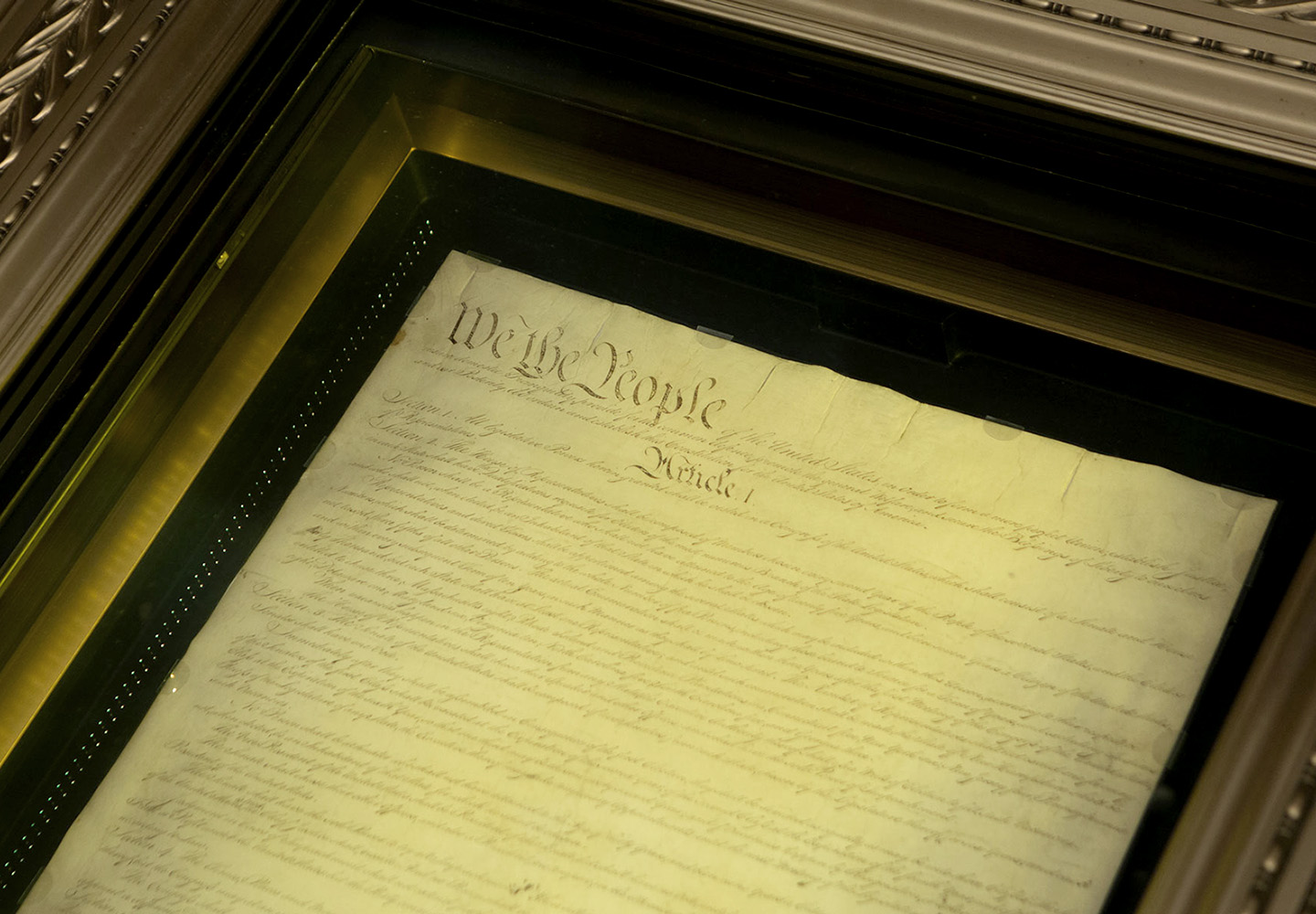
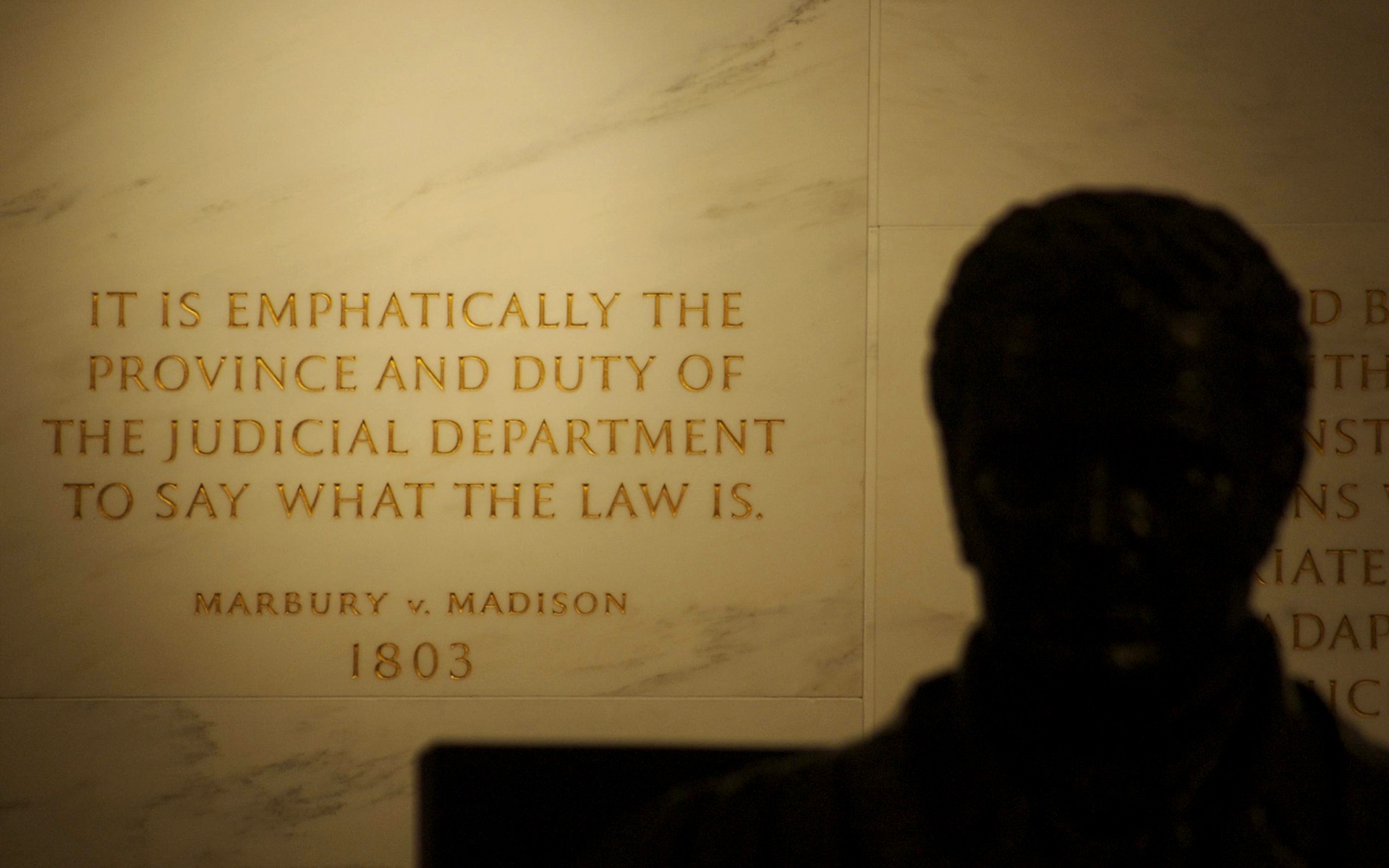


11. Judicial Review
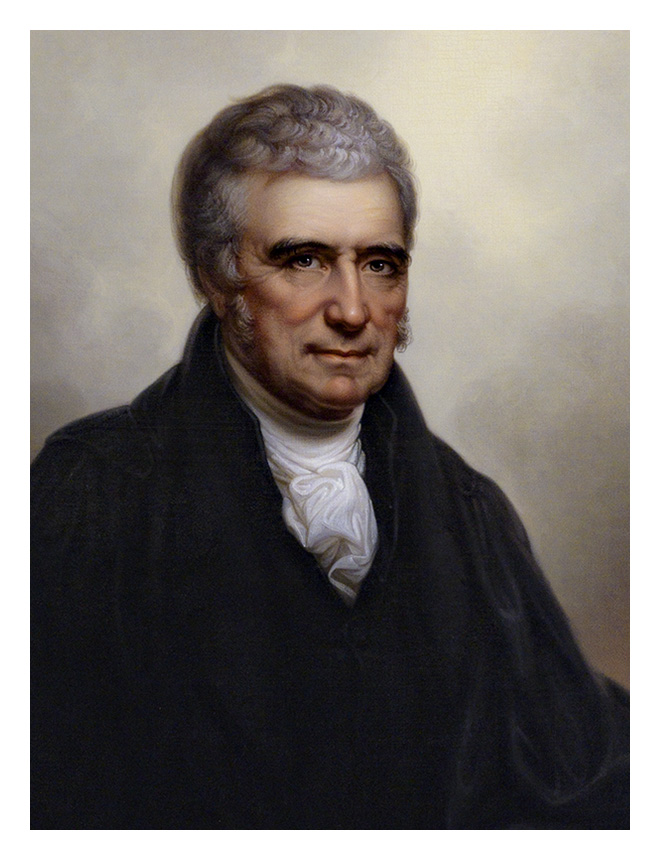
Marshall was Chief Justice until 1835
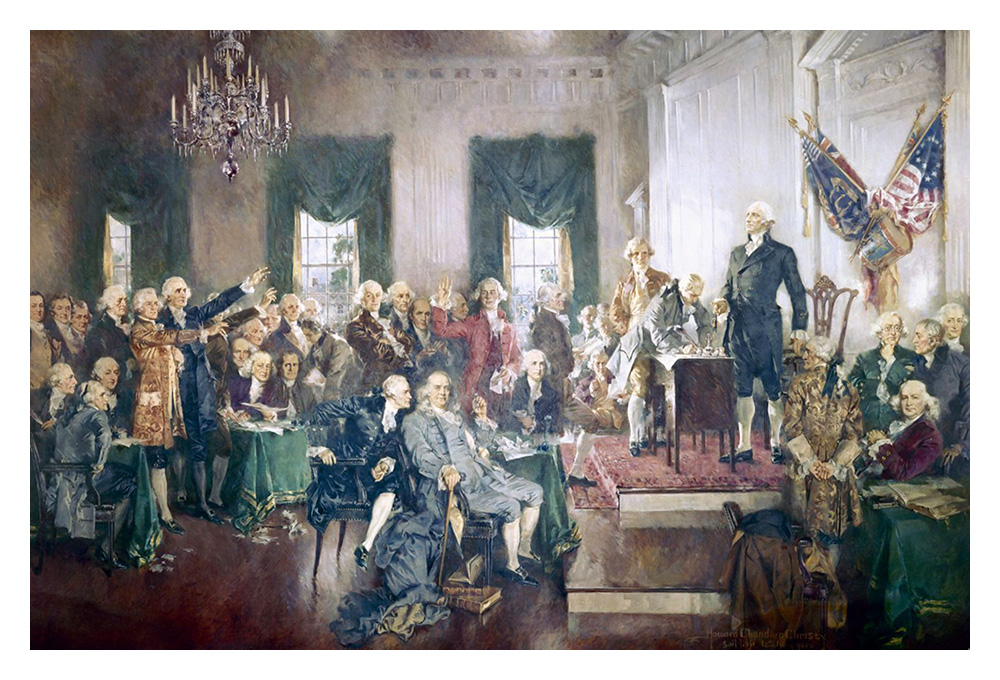
The Constitutional Convention, 1787



Justice William Paterson

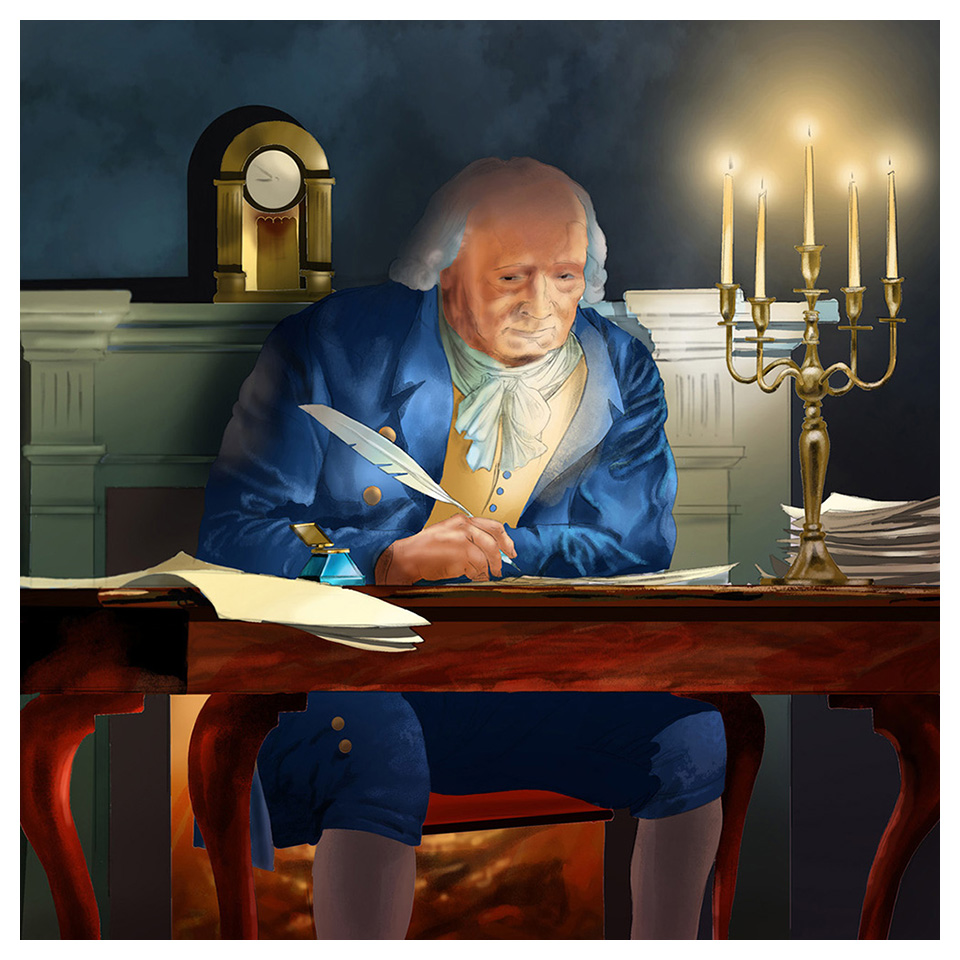

12. Aftermath
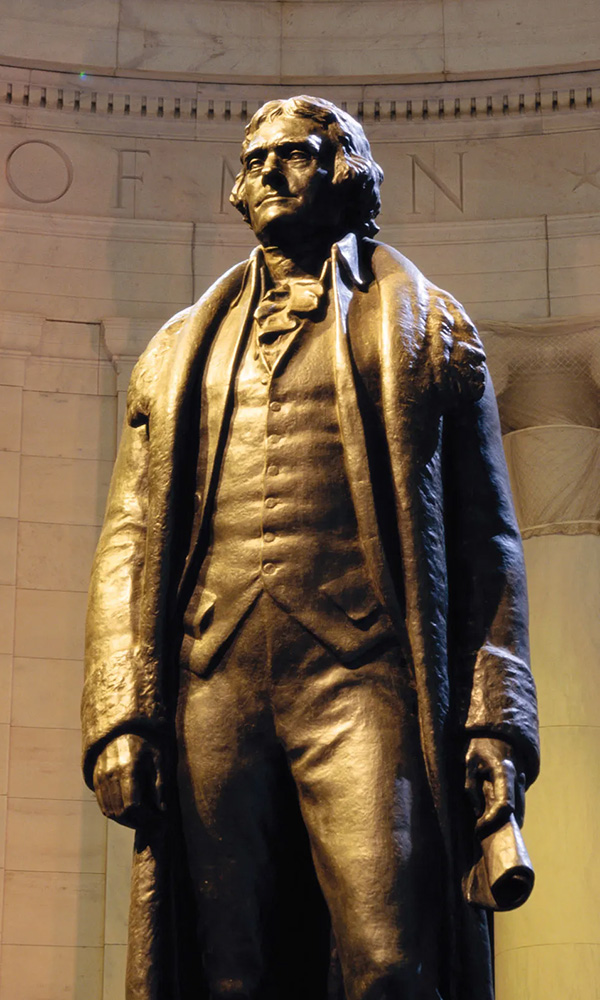





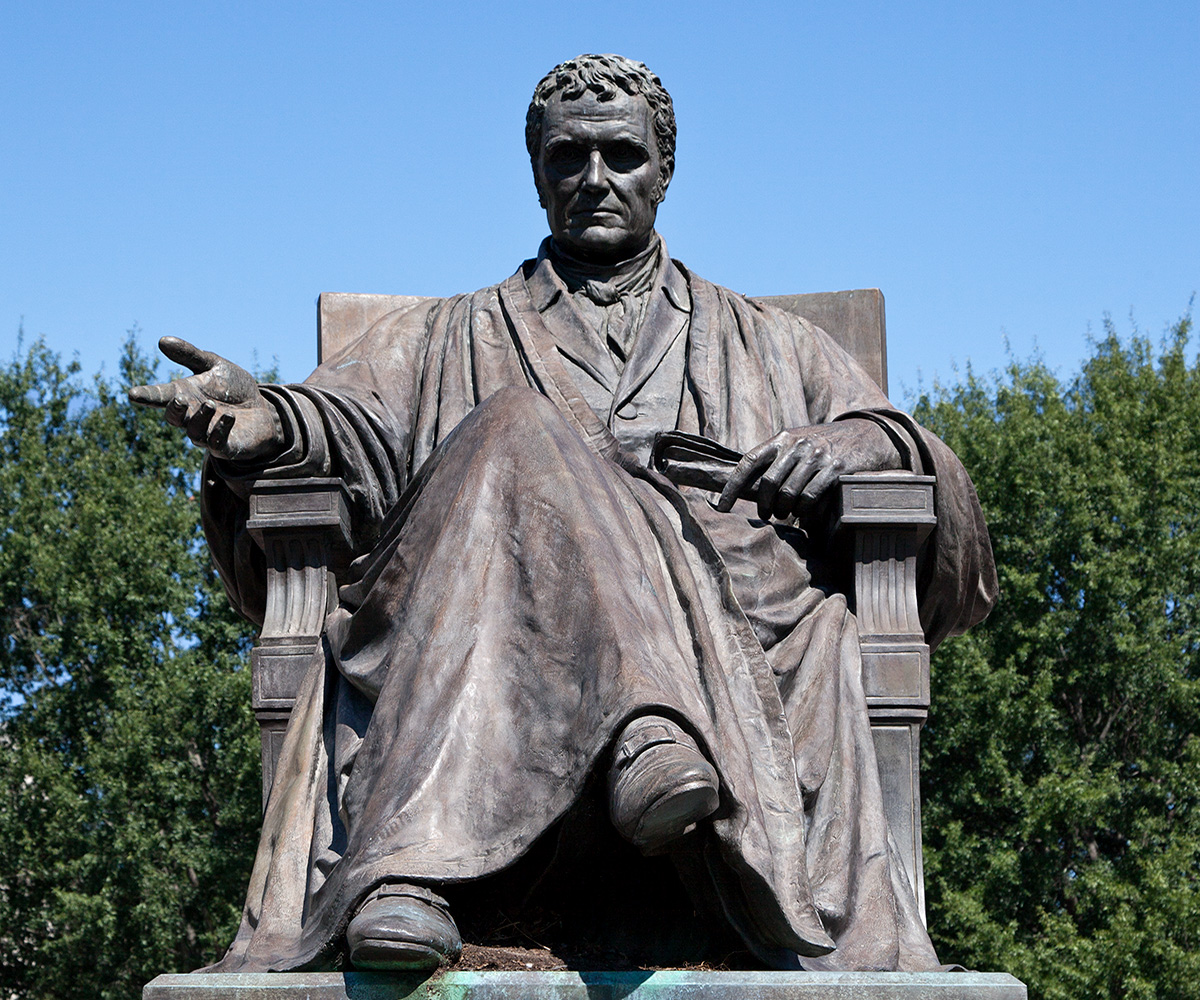

Credits
Produced by InHeritage & Article 3 Films
Sponsored by the Supreme Court Historical Society
Executive Director, Script: Clare Cushman
Historical Consultants: Timothy Huebner and Lucas Morel
Associate Producer: Marian Hampe
Color Illustrations: Trevor Irvin
Narration: Carolyn Cook
Voice Actors:
David Gallalee - John Marshall
Curt Viebranz - John Jay
Wilhelm Merck - John Adams
Jack Bocock - Thomas Jefferson, Charles Lee
We are grateful to the following for use of their images:
National Gallery of Art
Collection of the Supreme Court of the United States
Architect of the Capitol
National Archives
Nasher Museum
Library of Congress
Preservation Virginia
Perley's Reminiscences of Sixty Years in the National Metropolis (1886)
Philadelphia Museum of Art
National Portrait Gallery
Senate History Office
Shutterstock
Alamy
Presidents and Fellows of Harvard College
White House Historical Association
National Park Service
Maryland Center for History and Culture
Maryland Historical Society
US Capitol Visitor Center
Department of Justice
Wikimedia Commons via Flickr
Britannica
Dave Buckhout